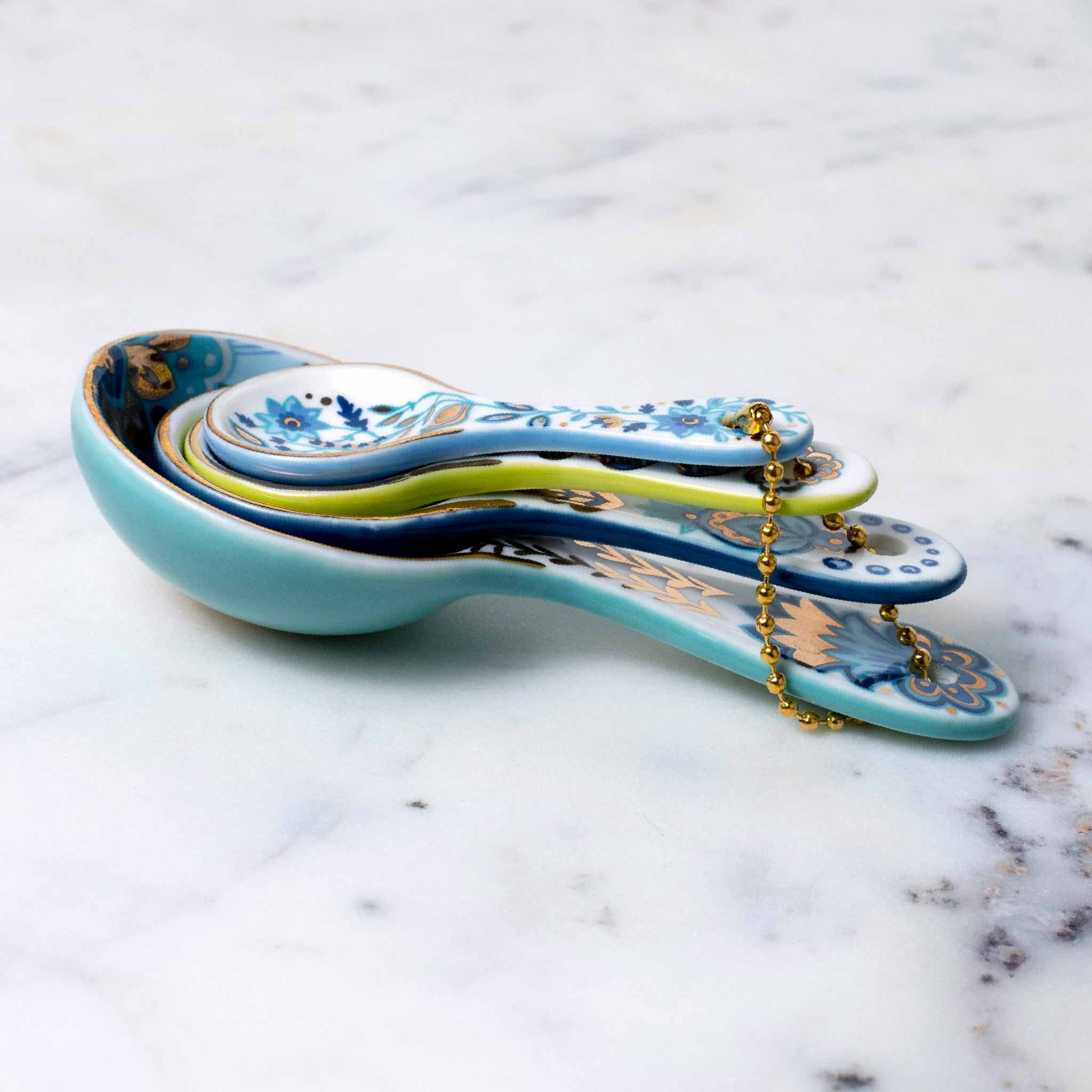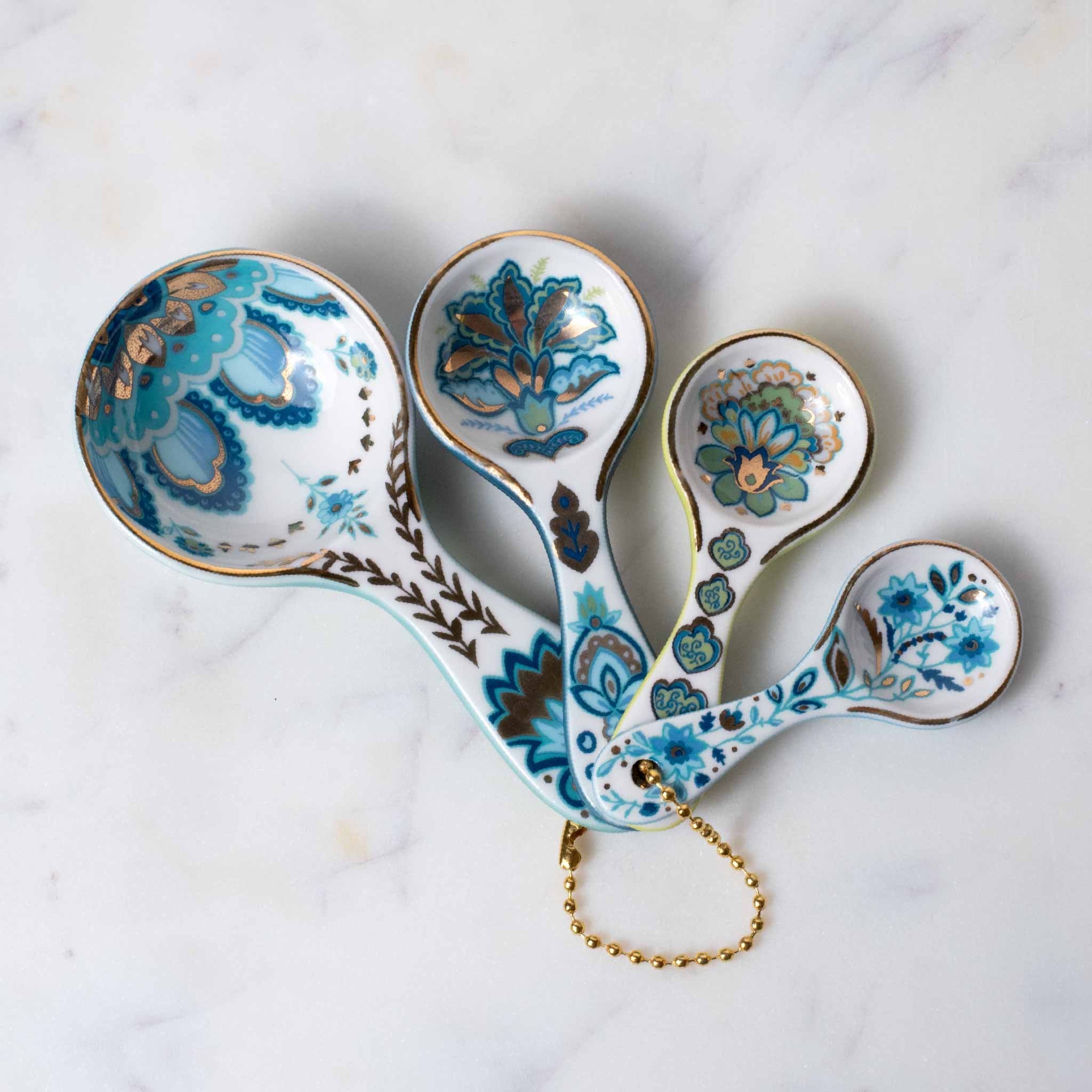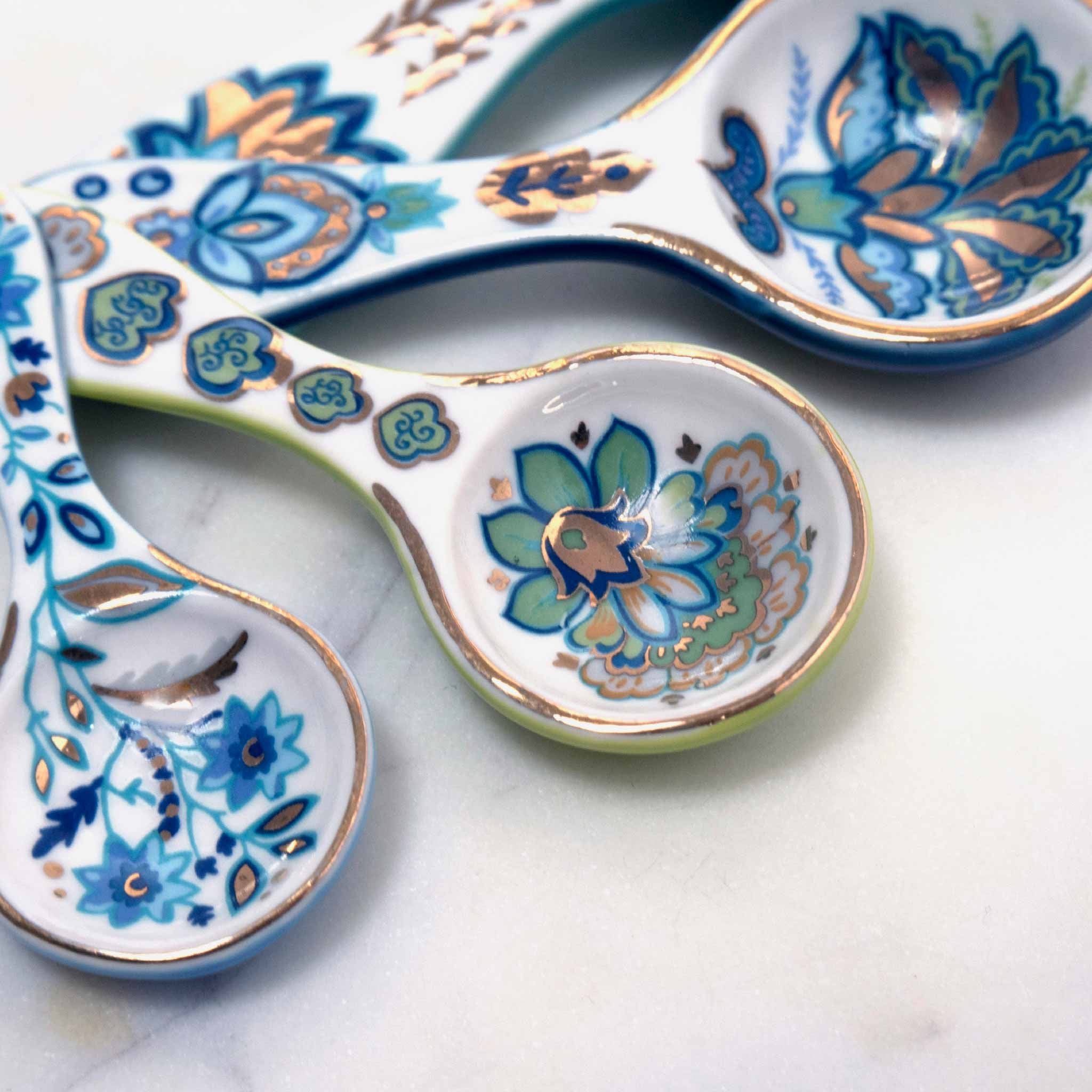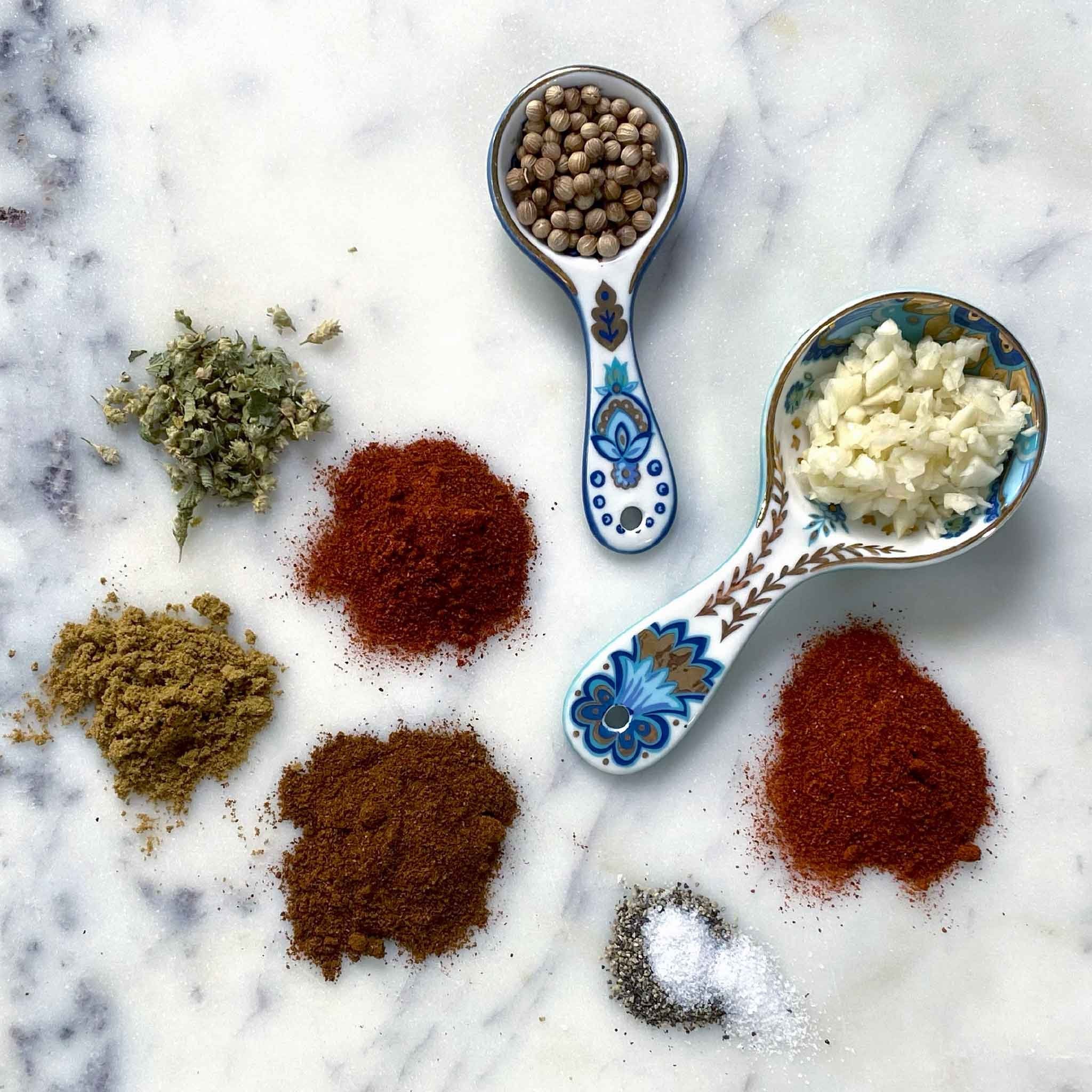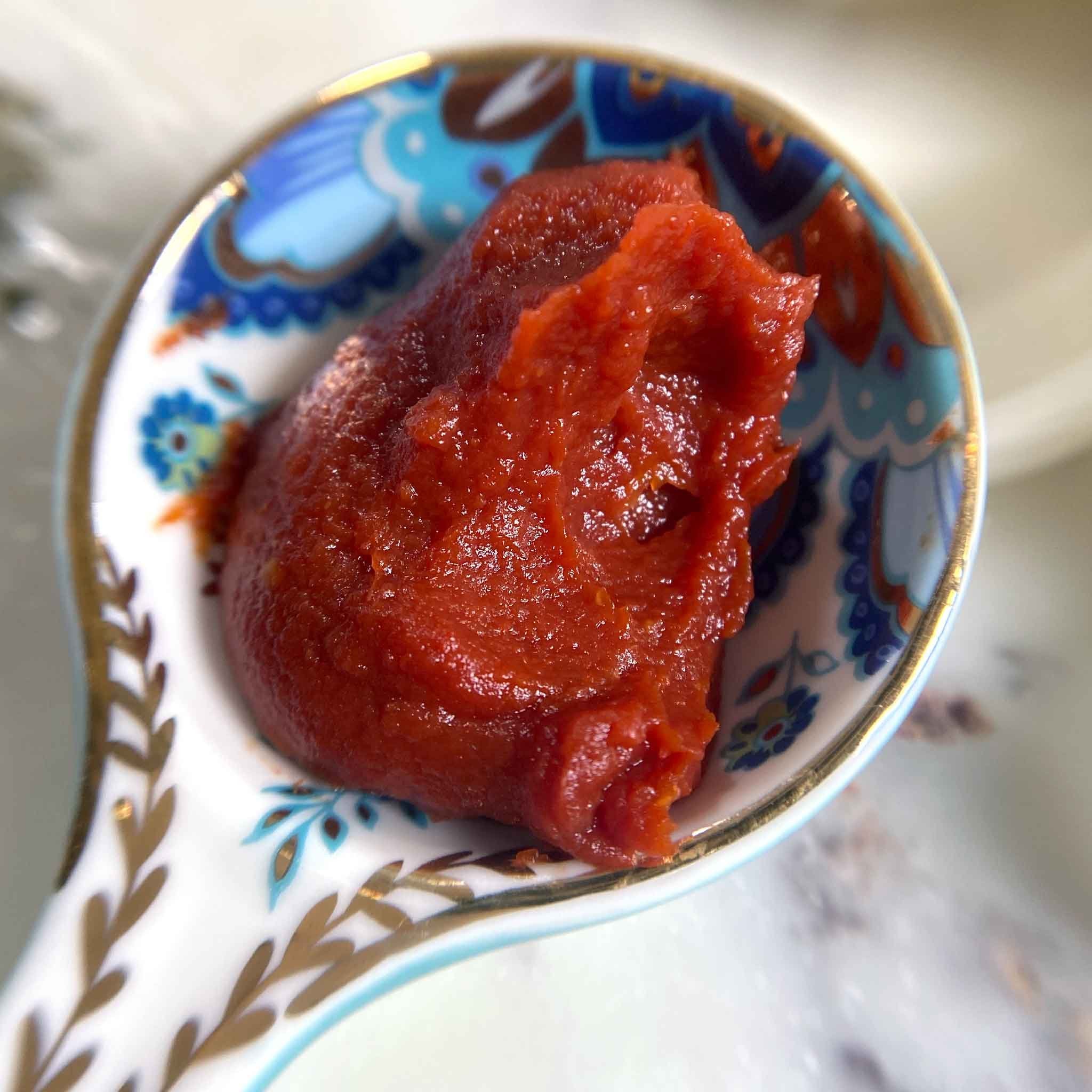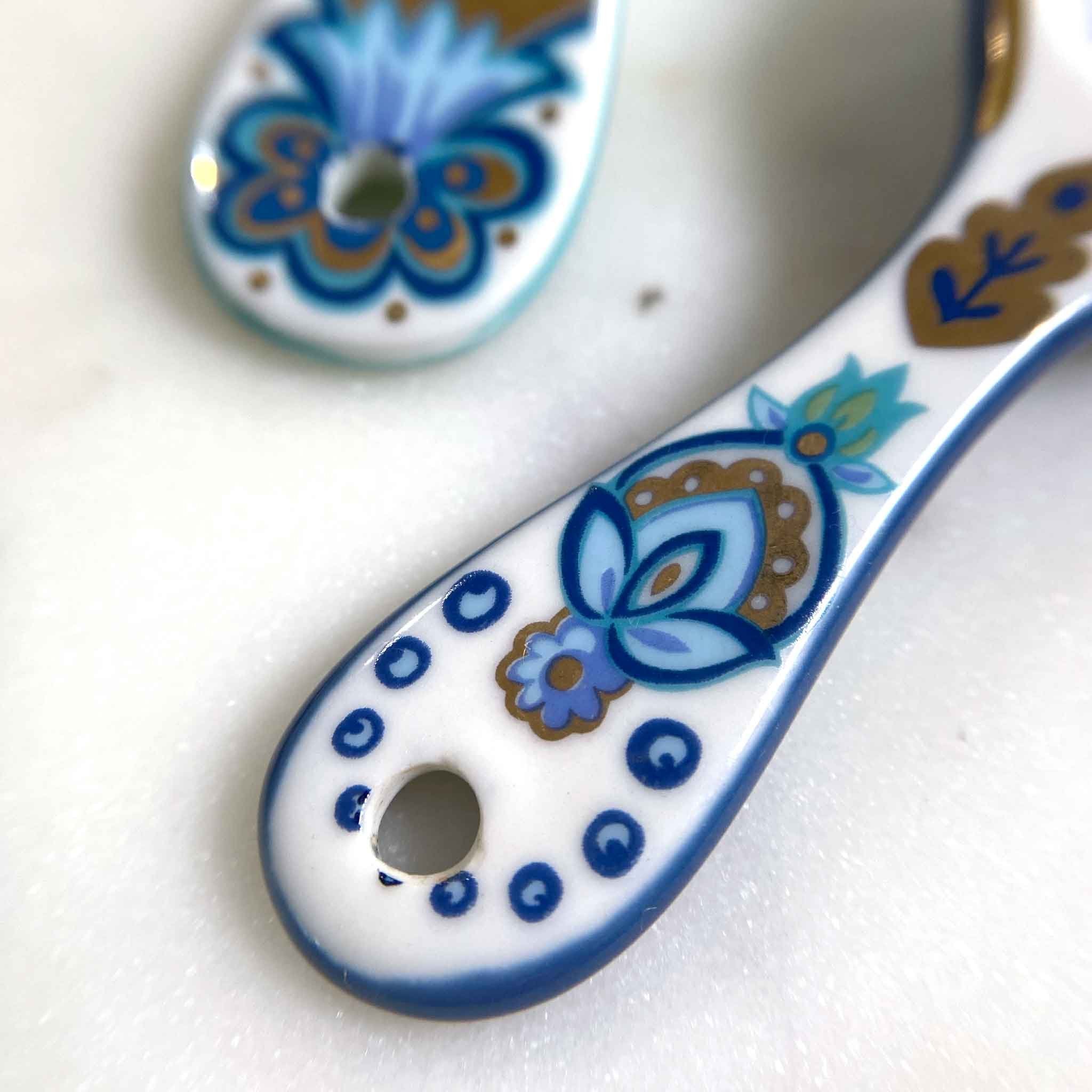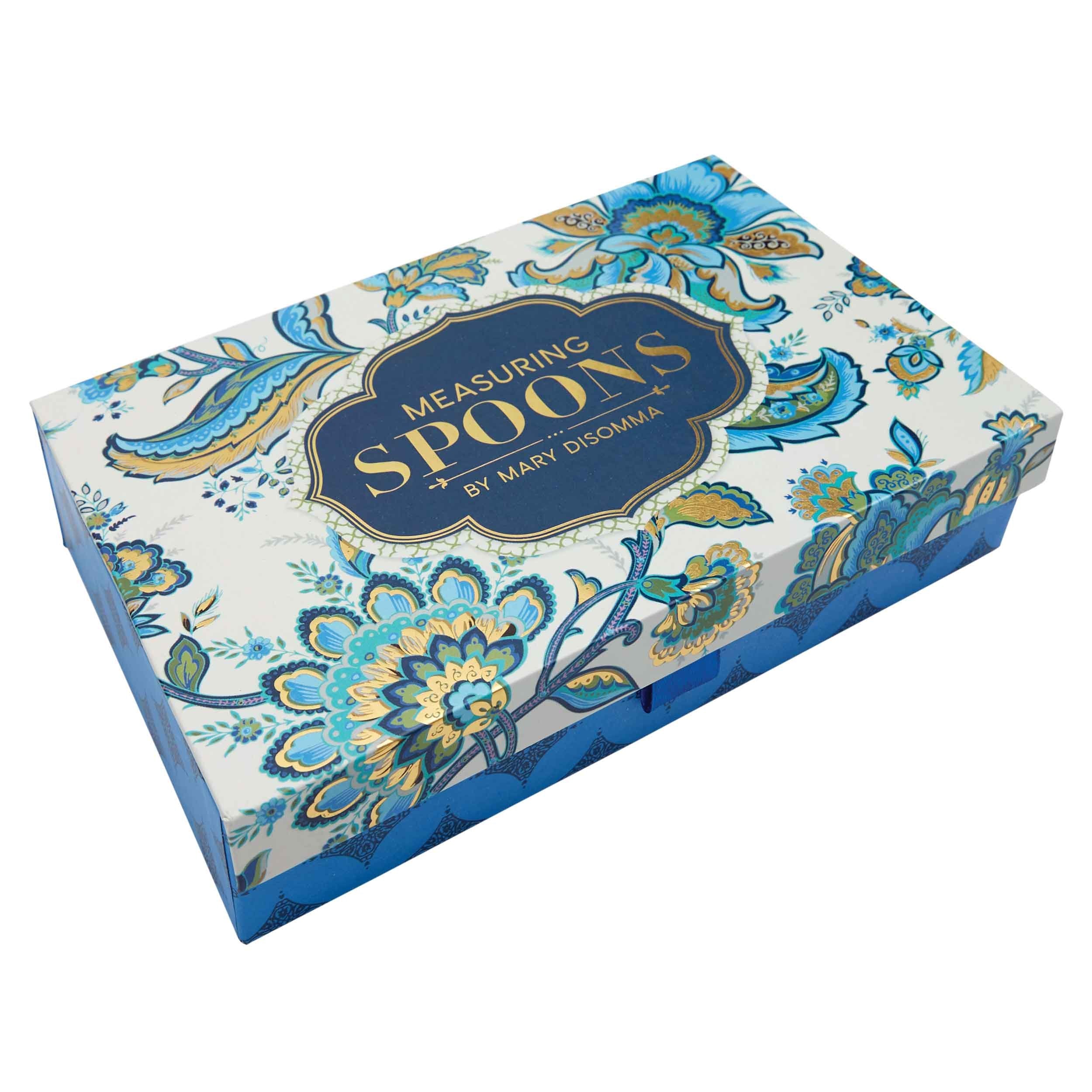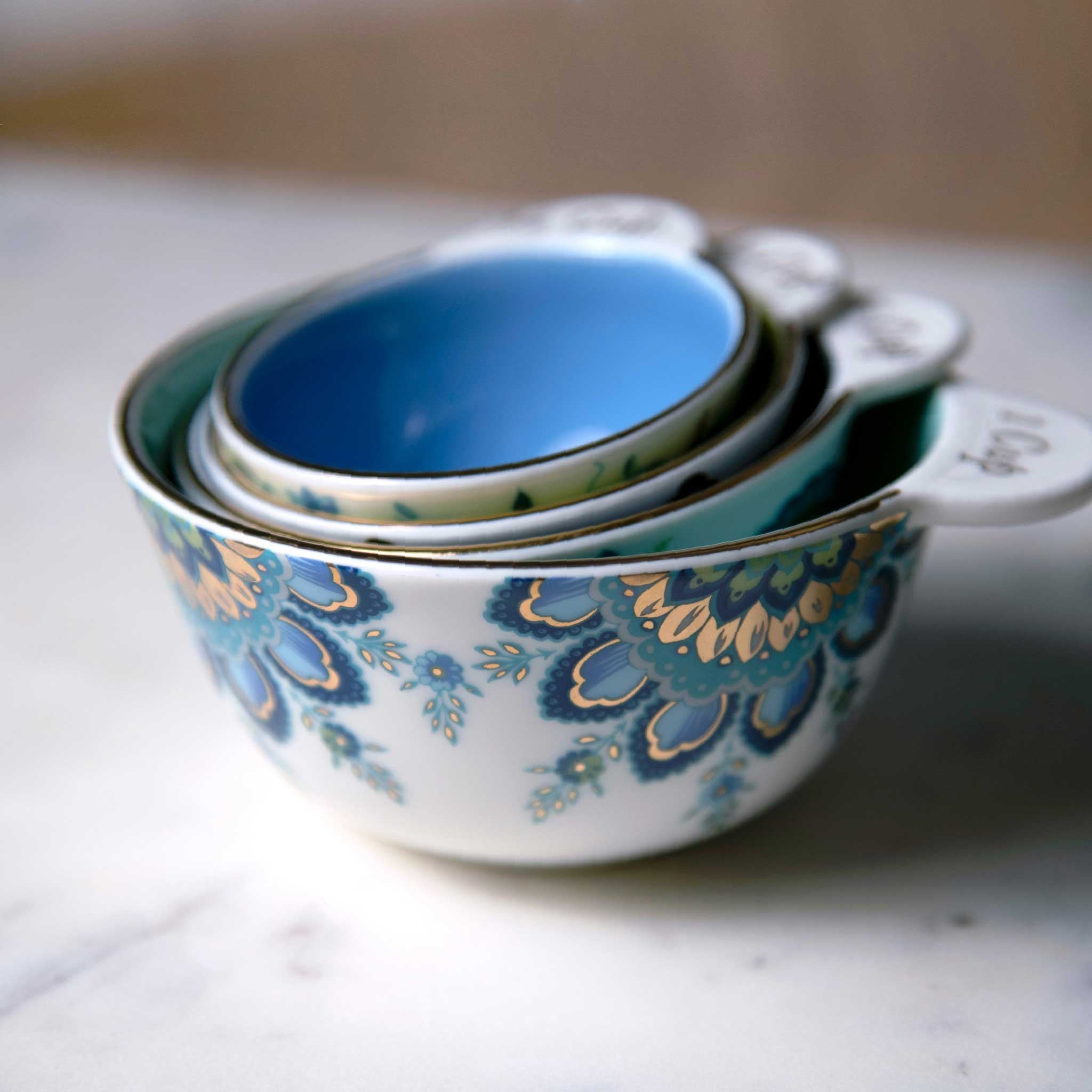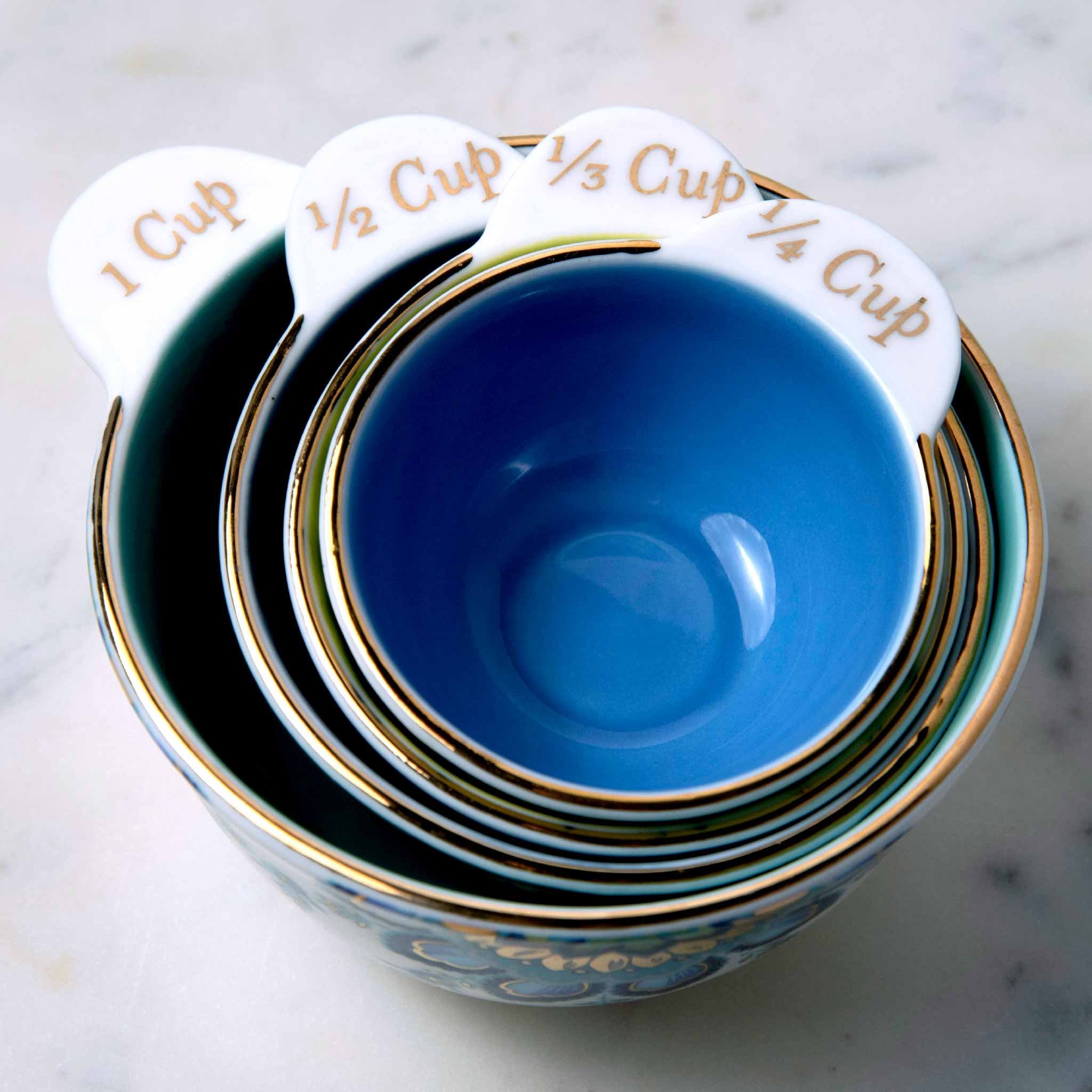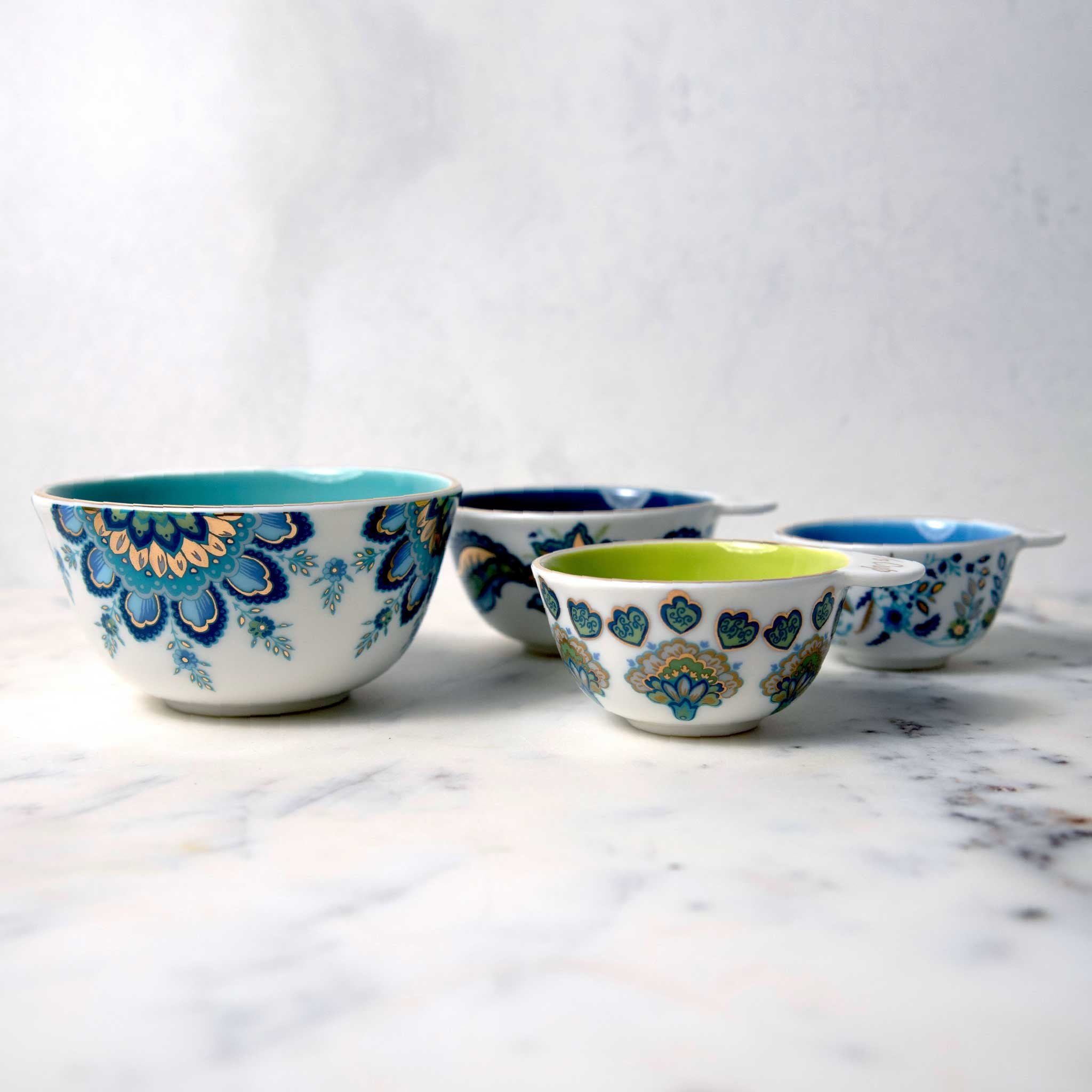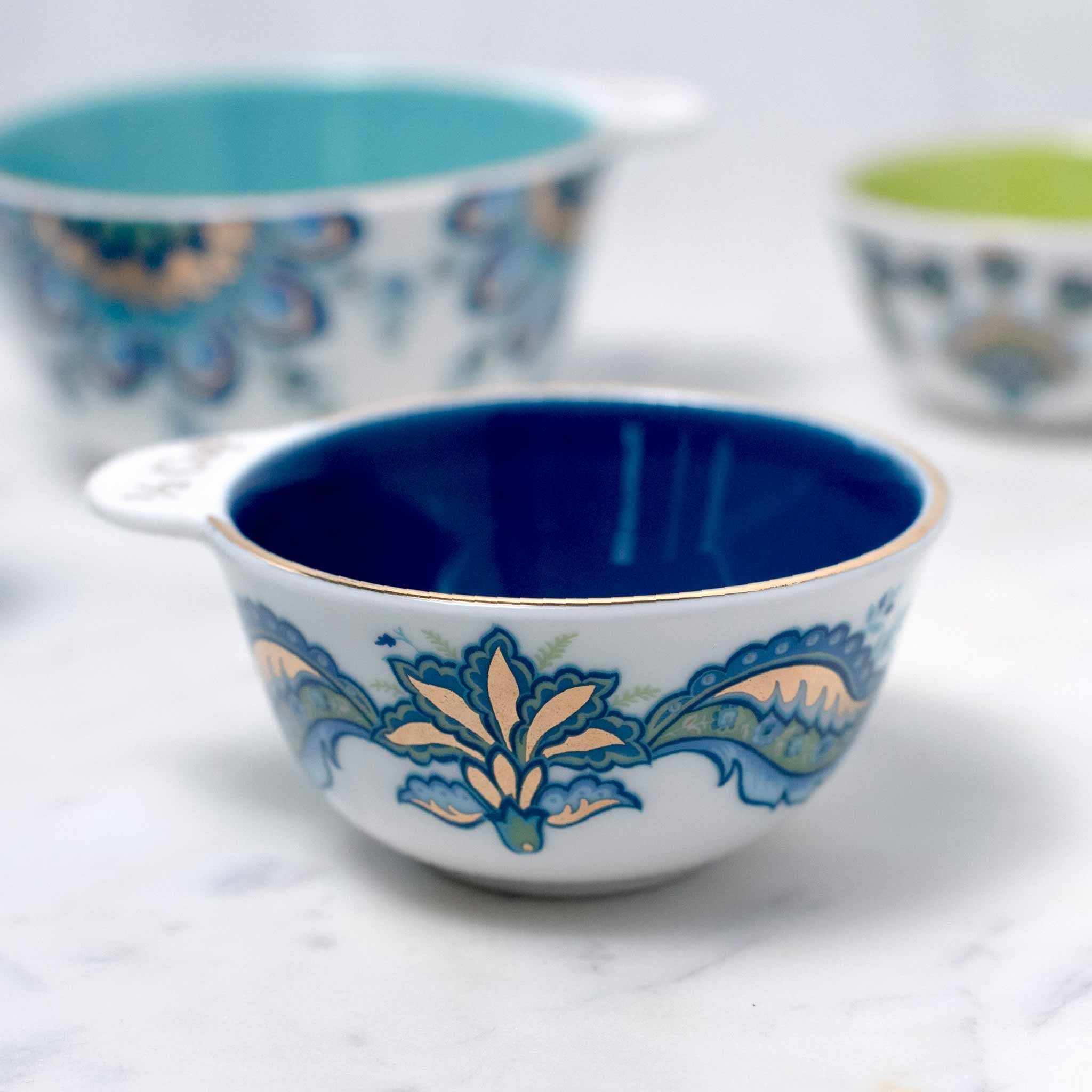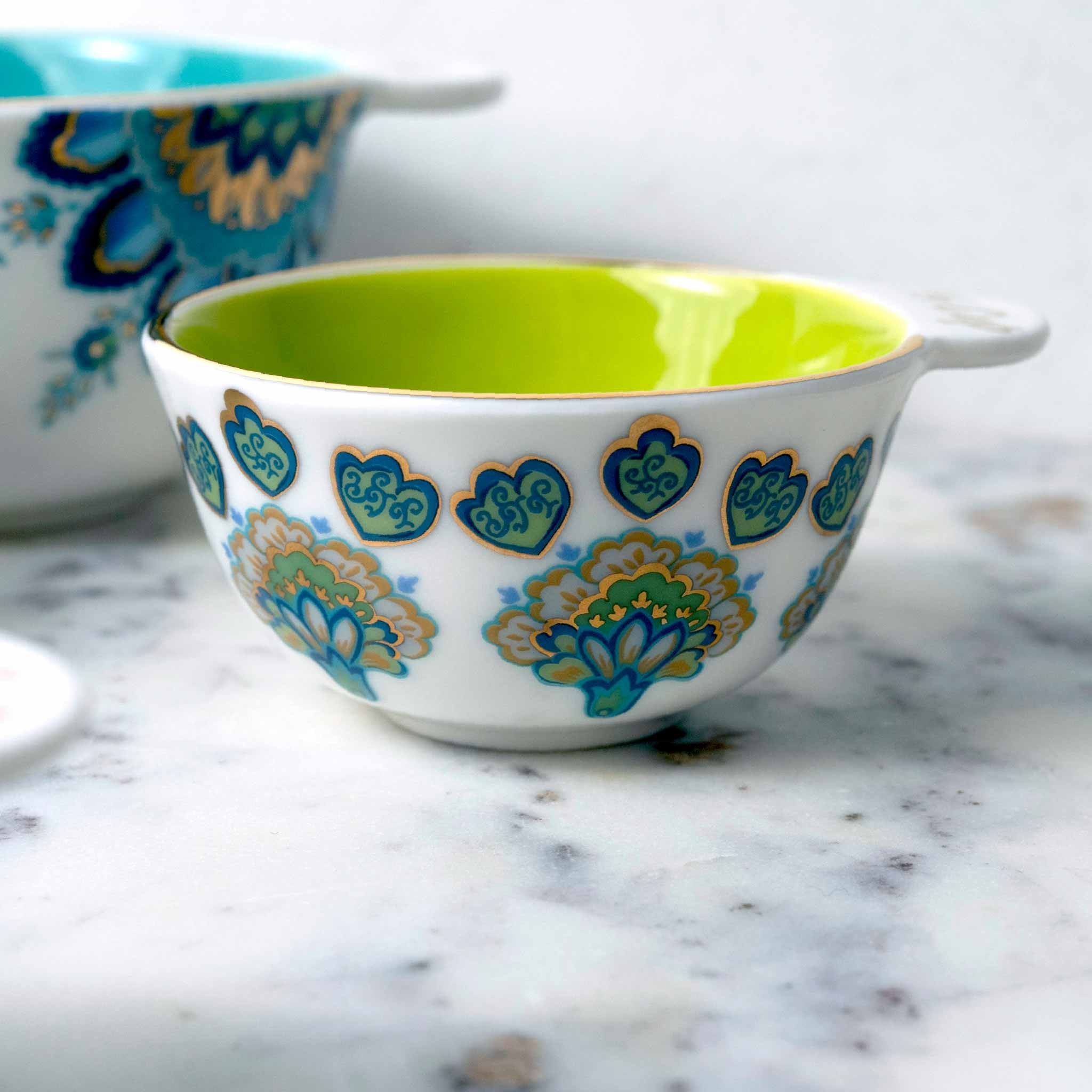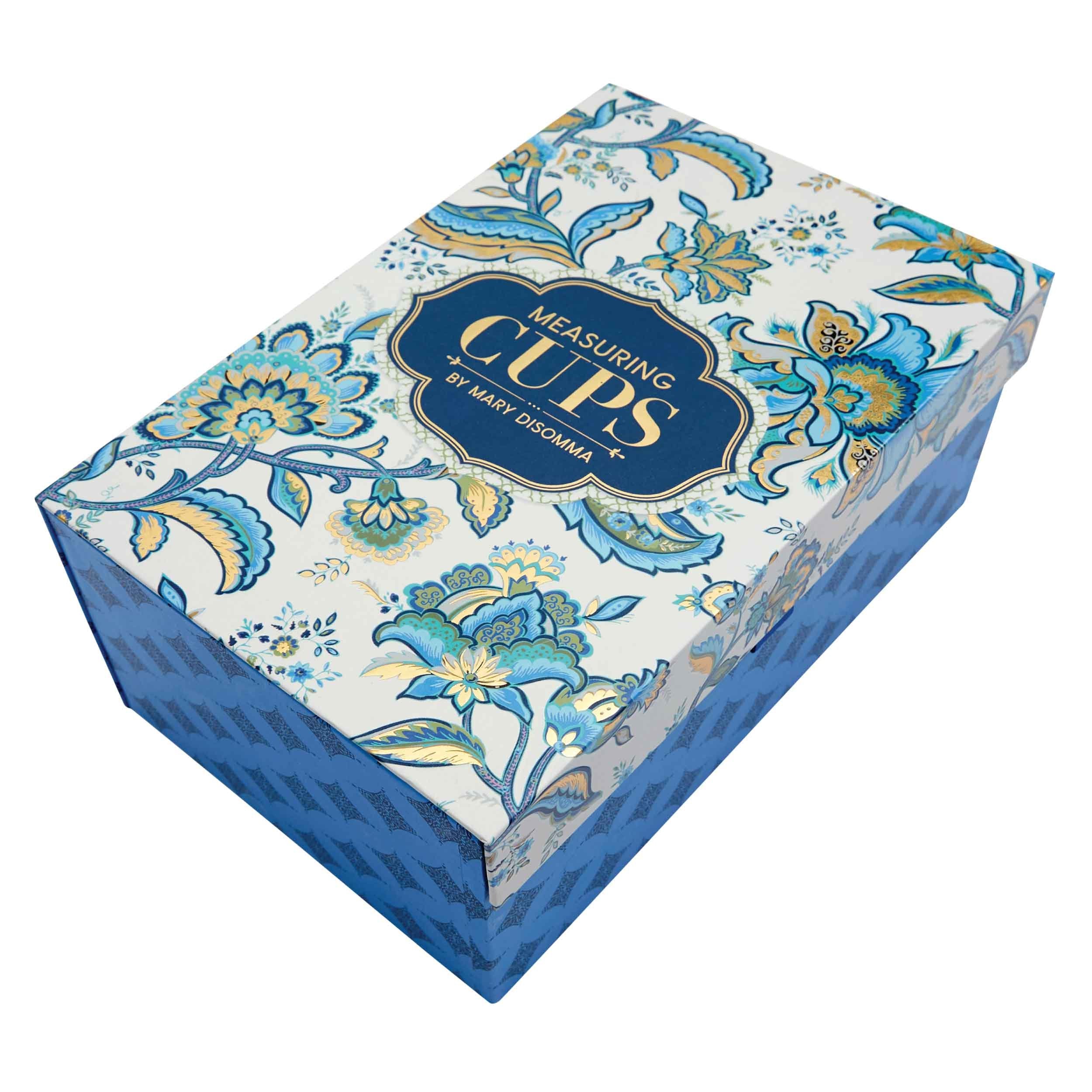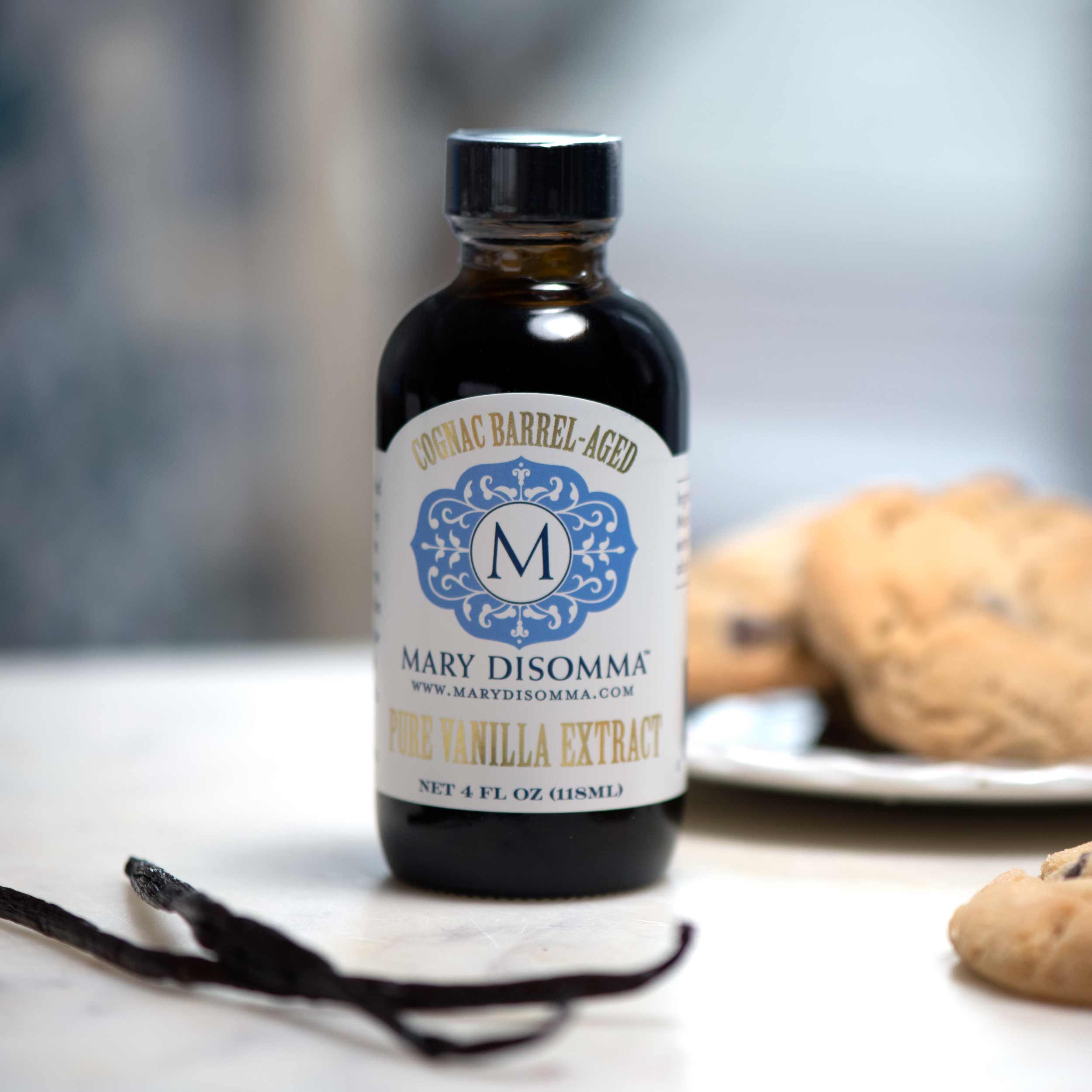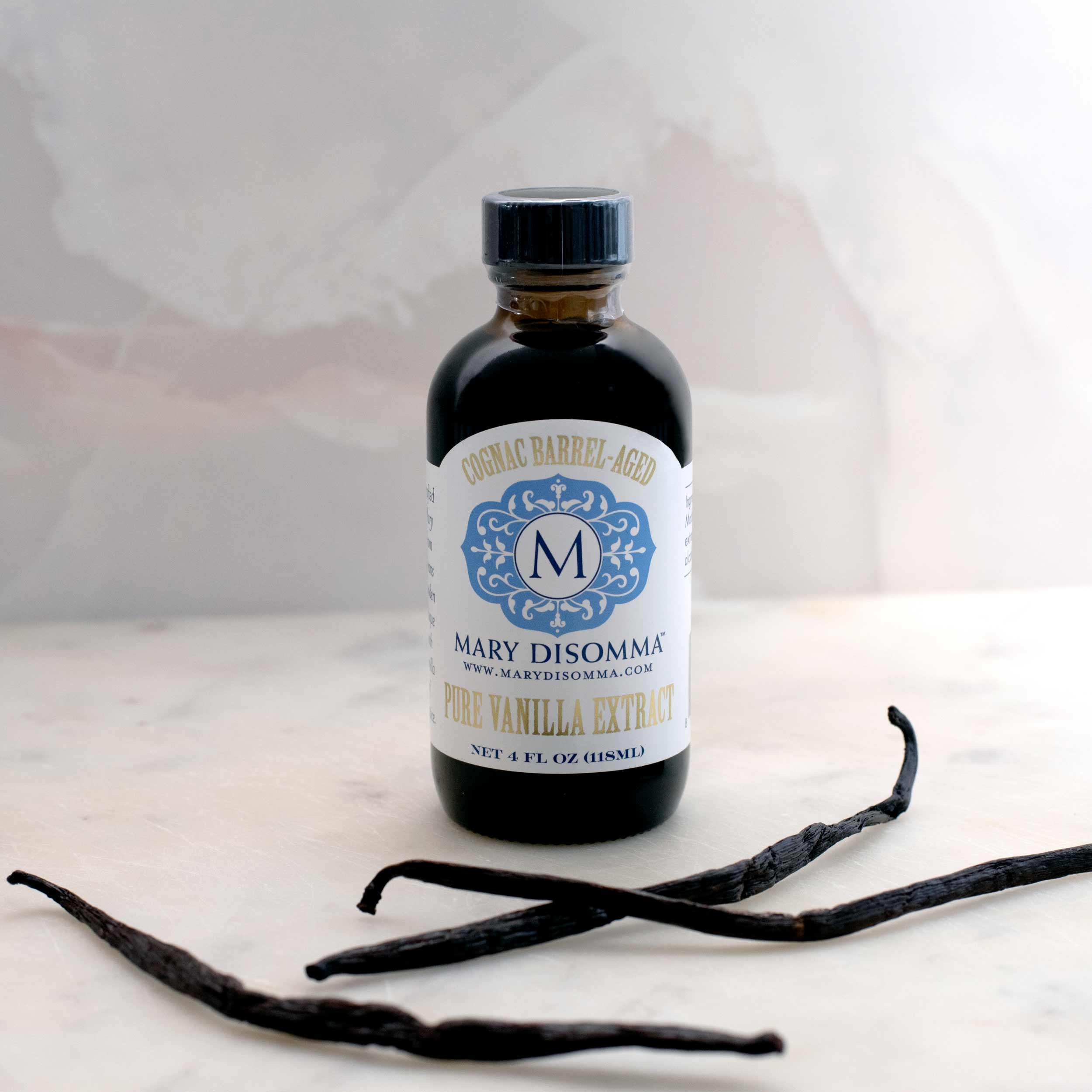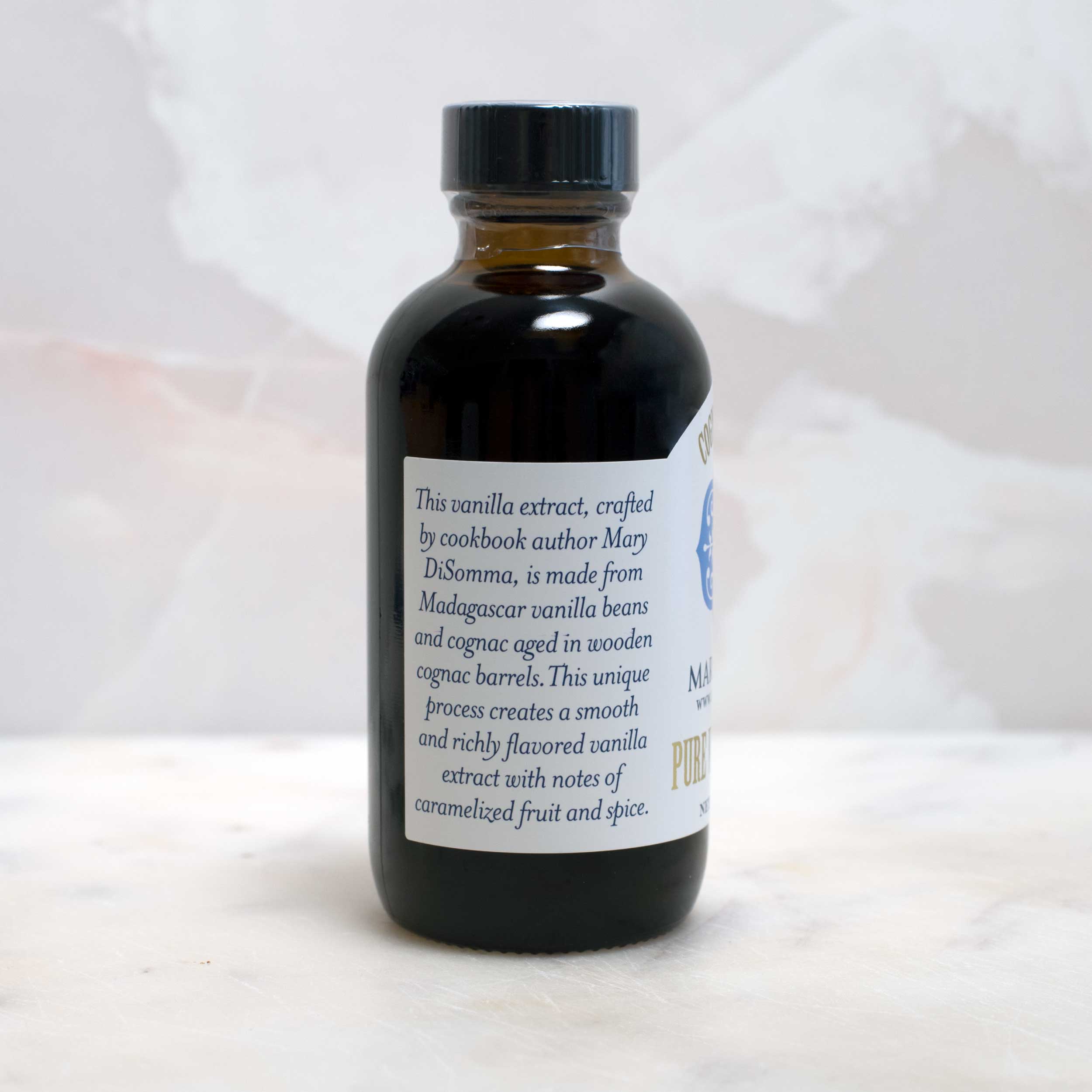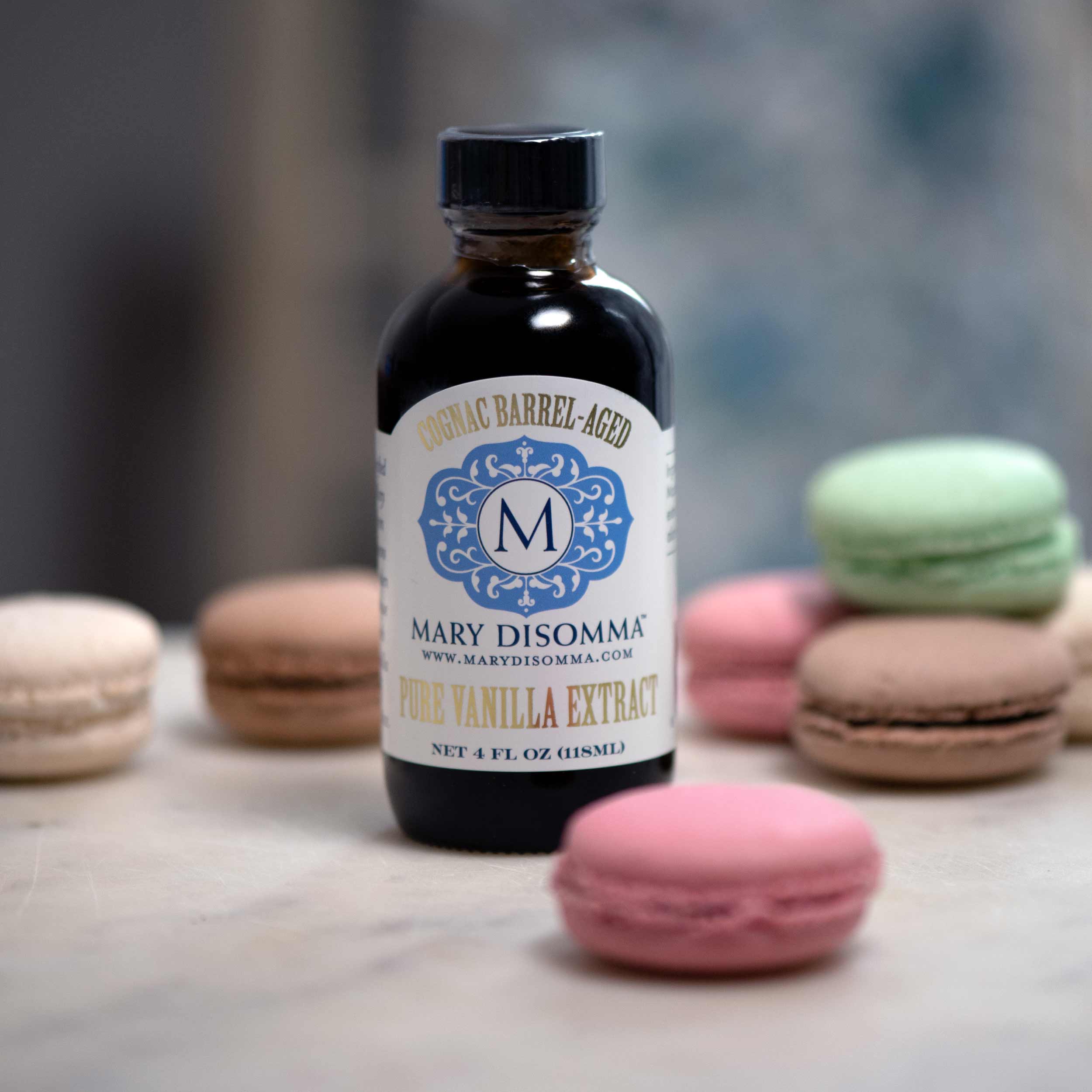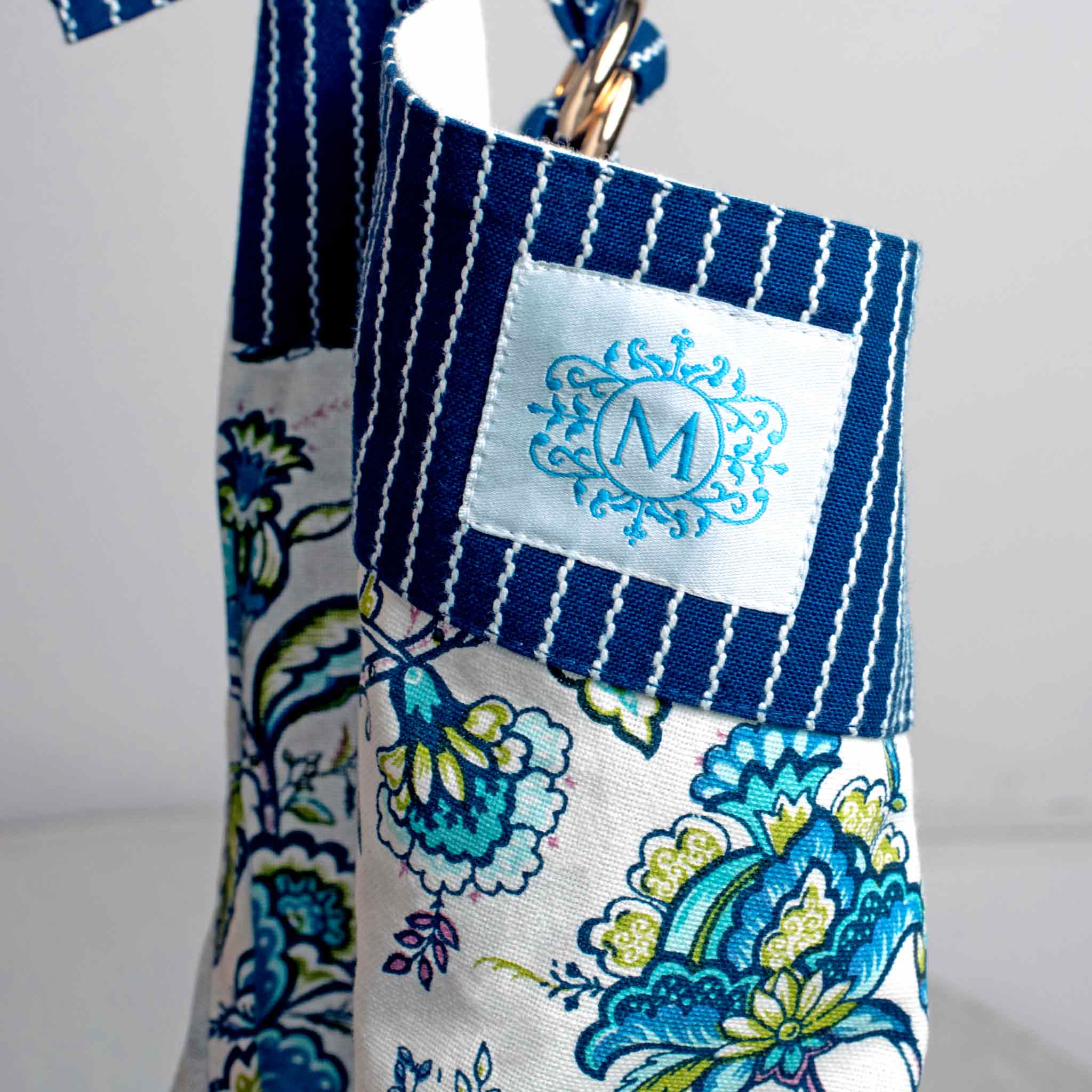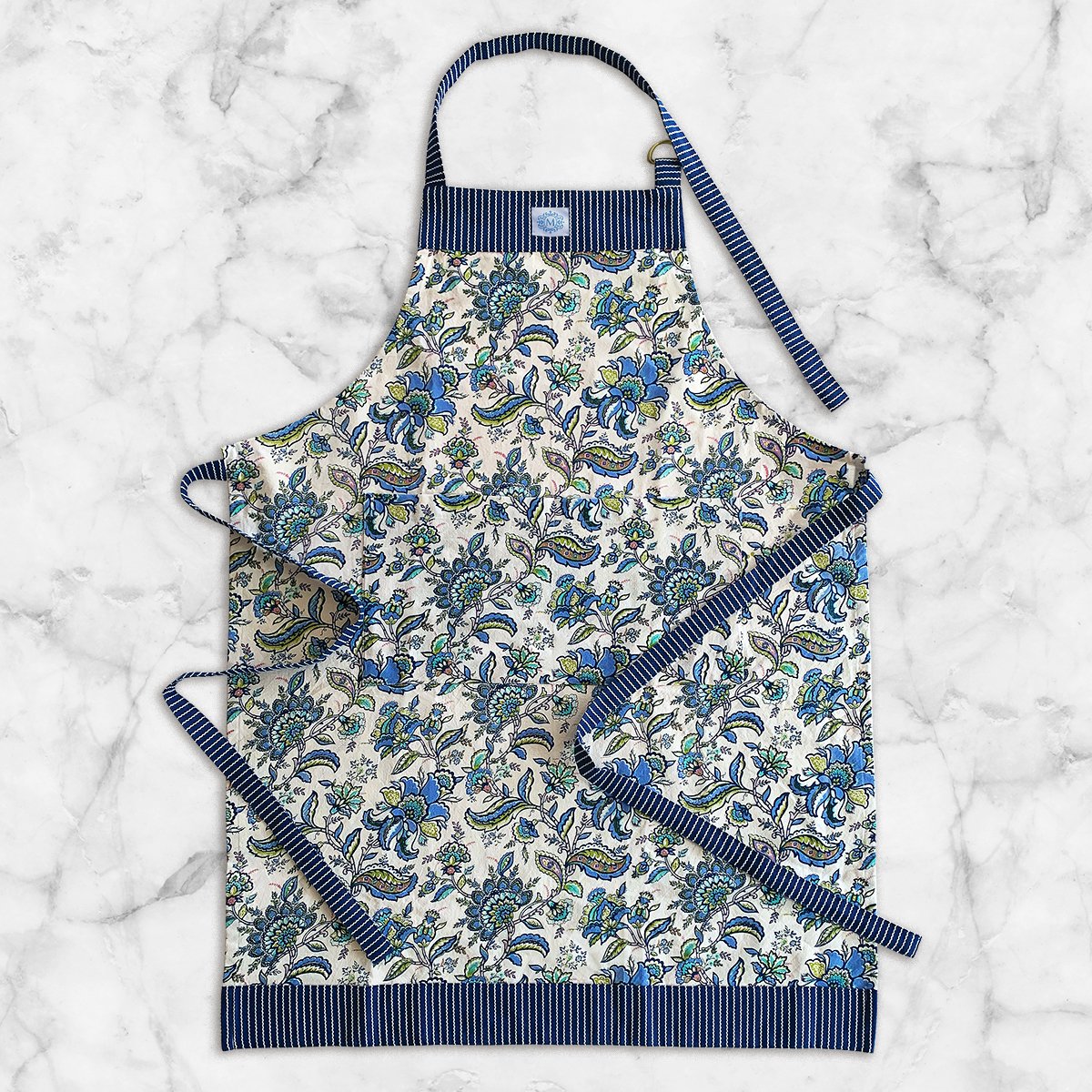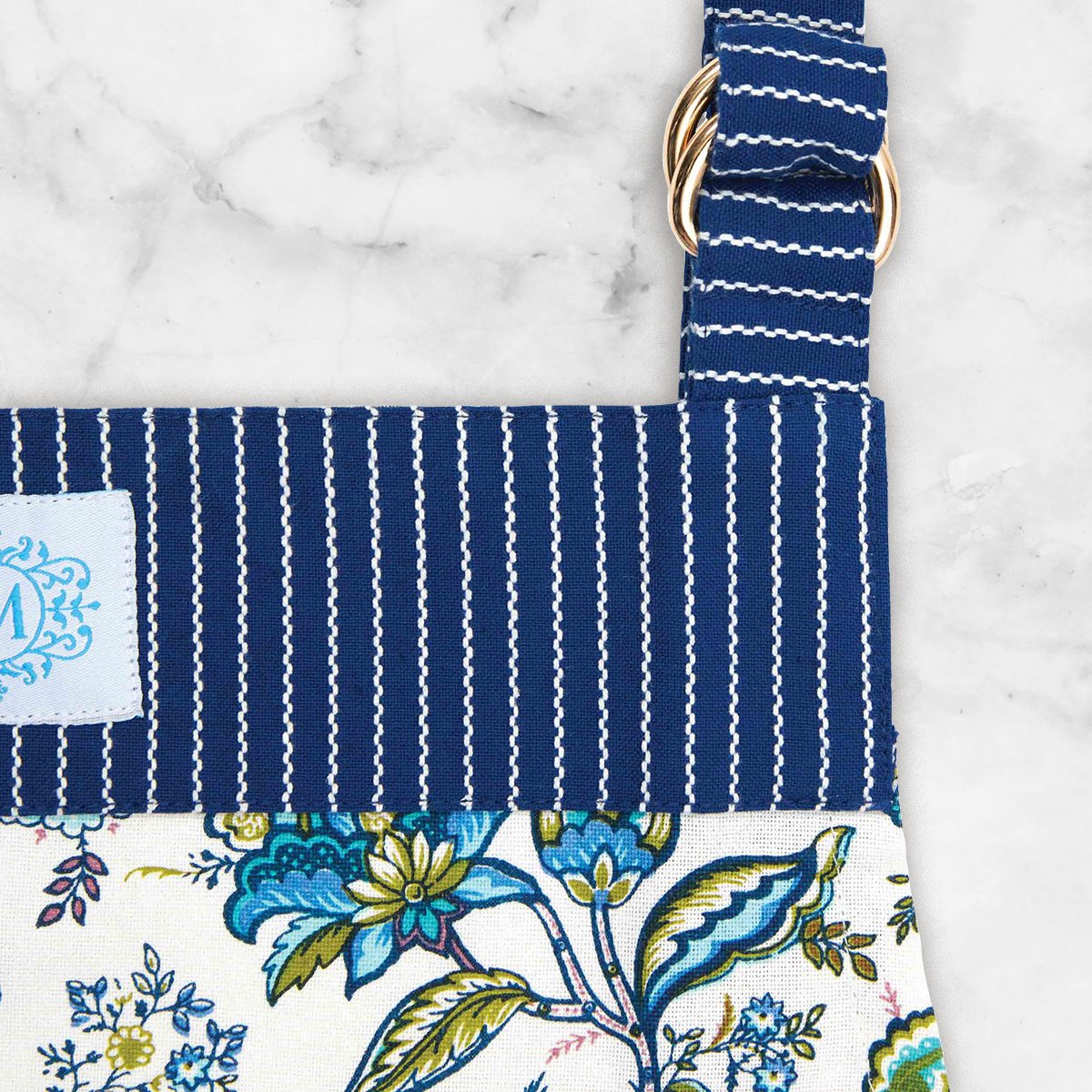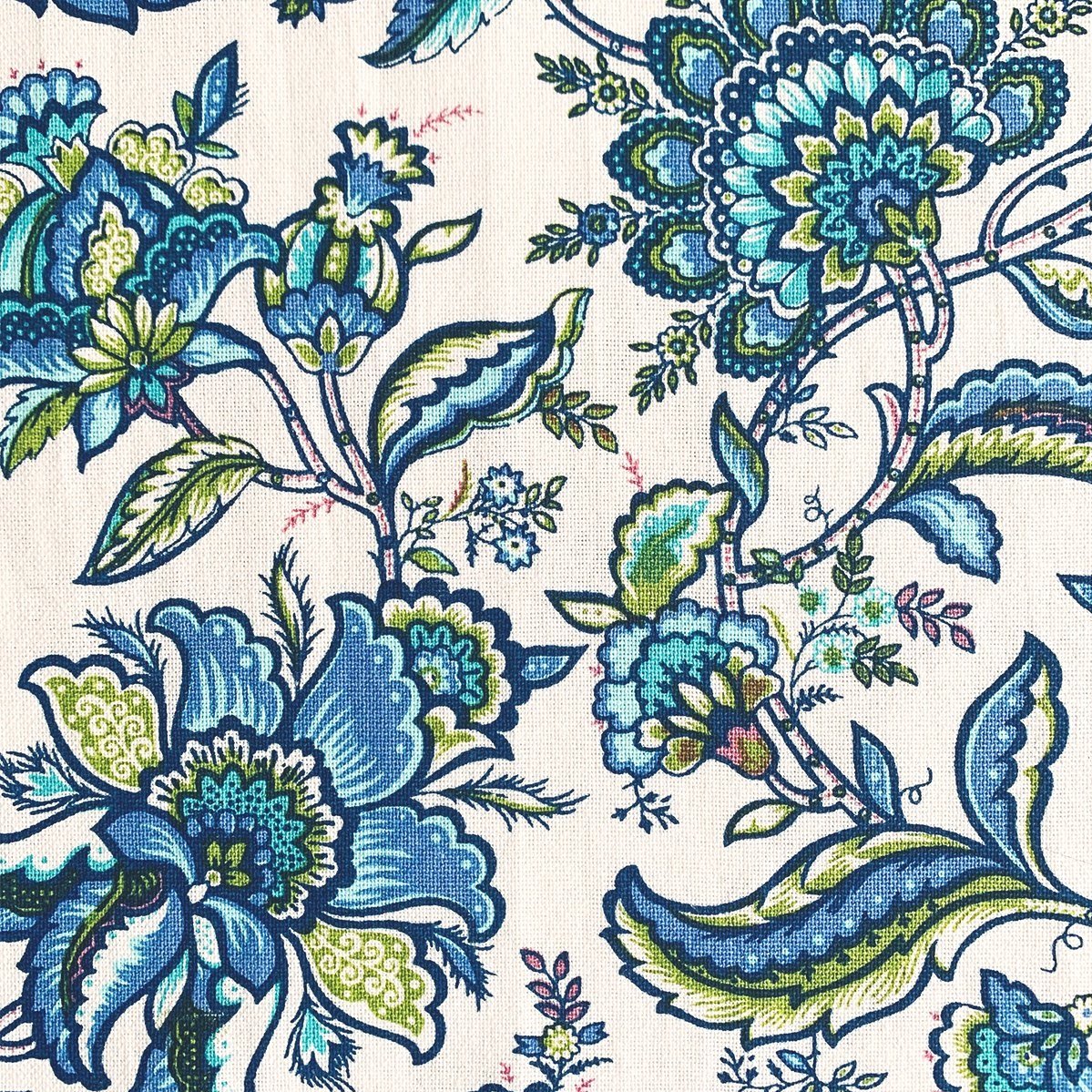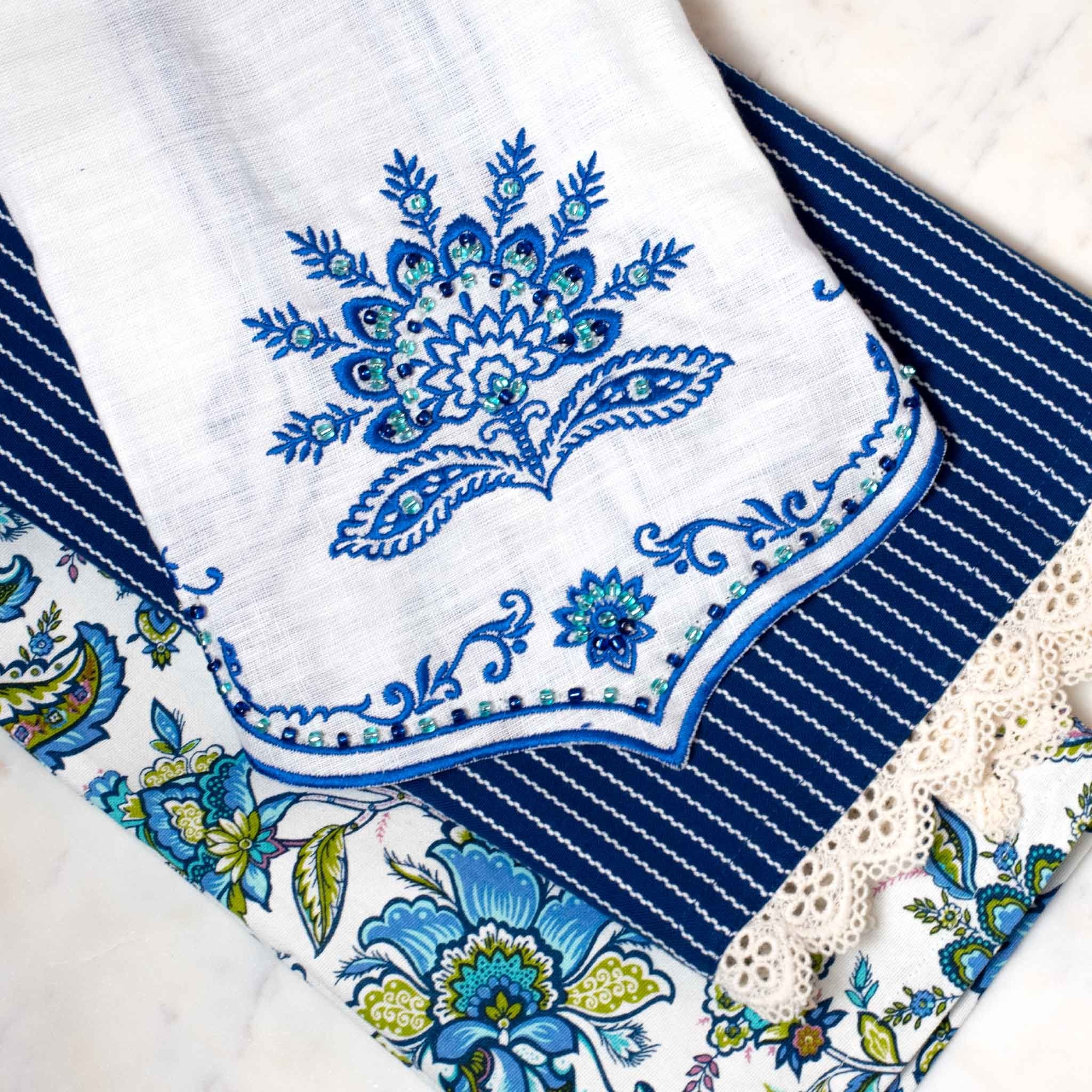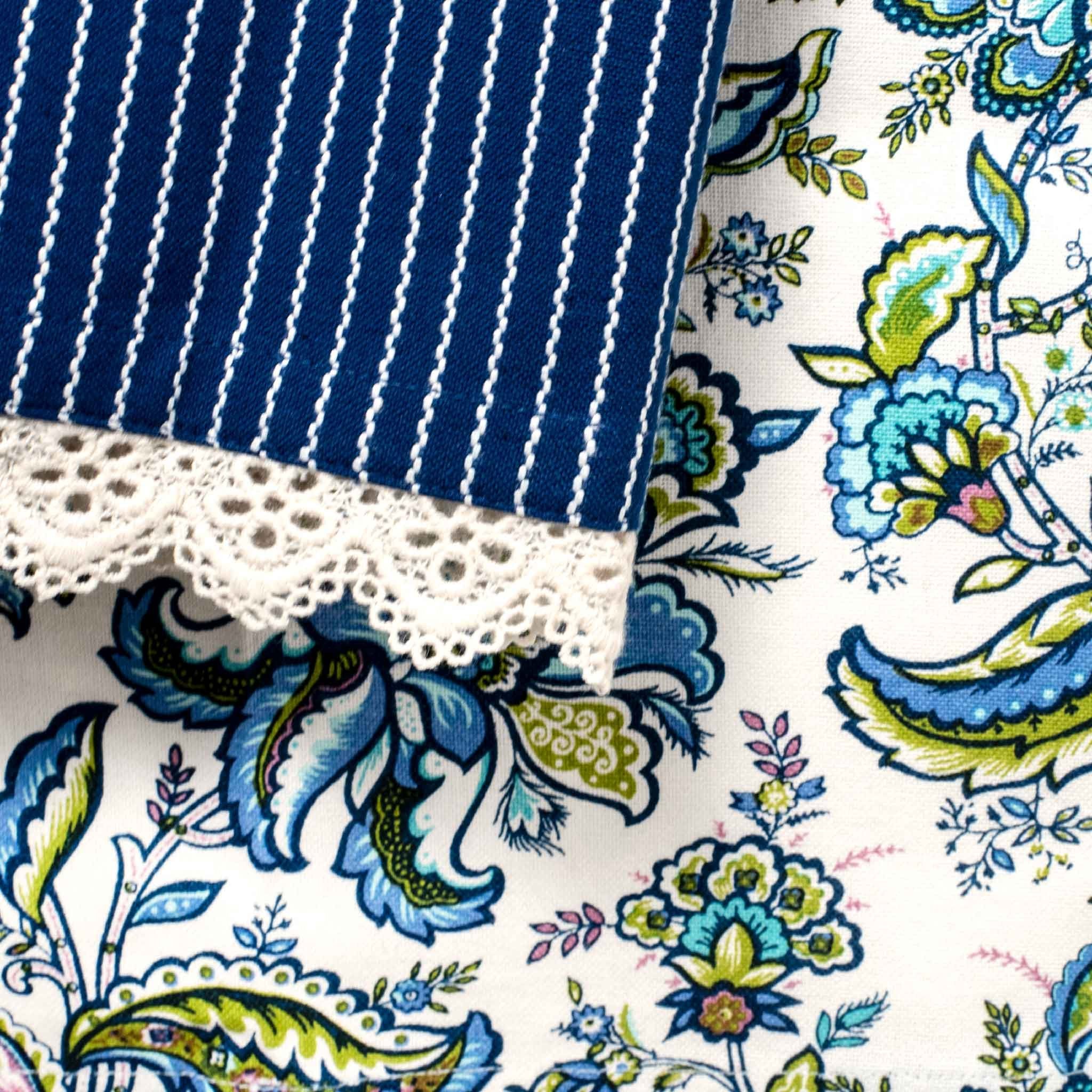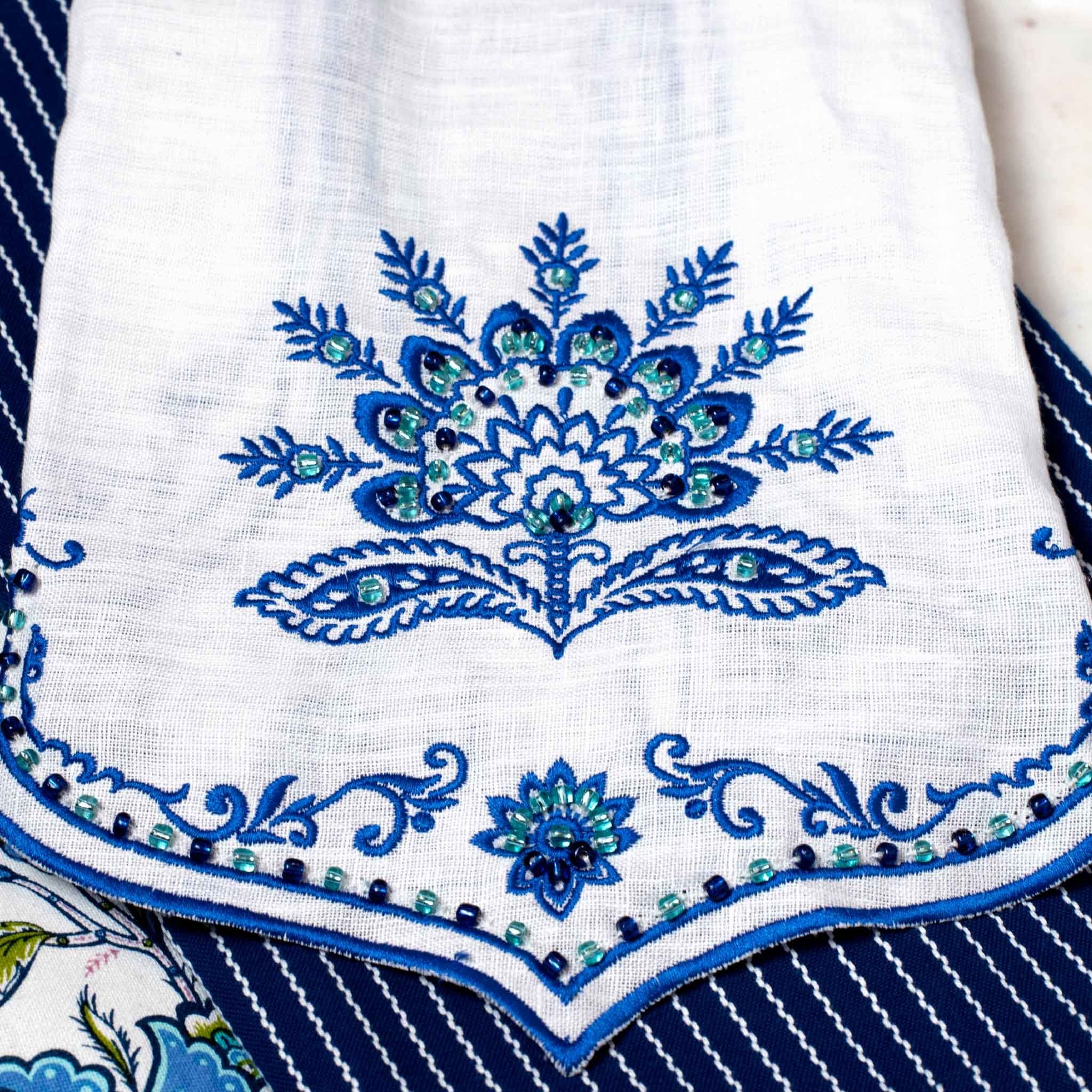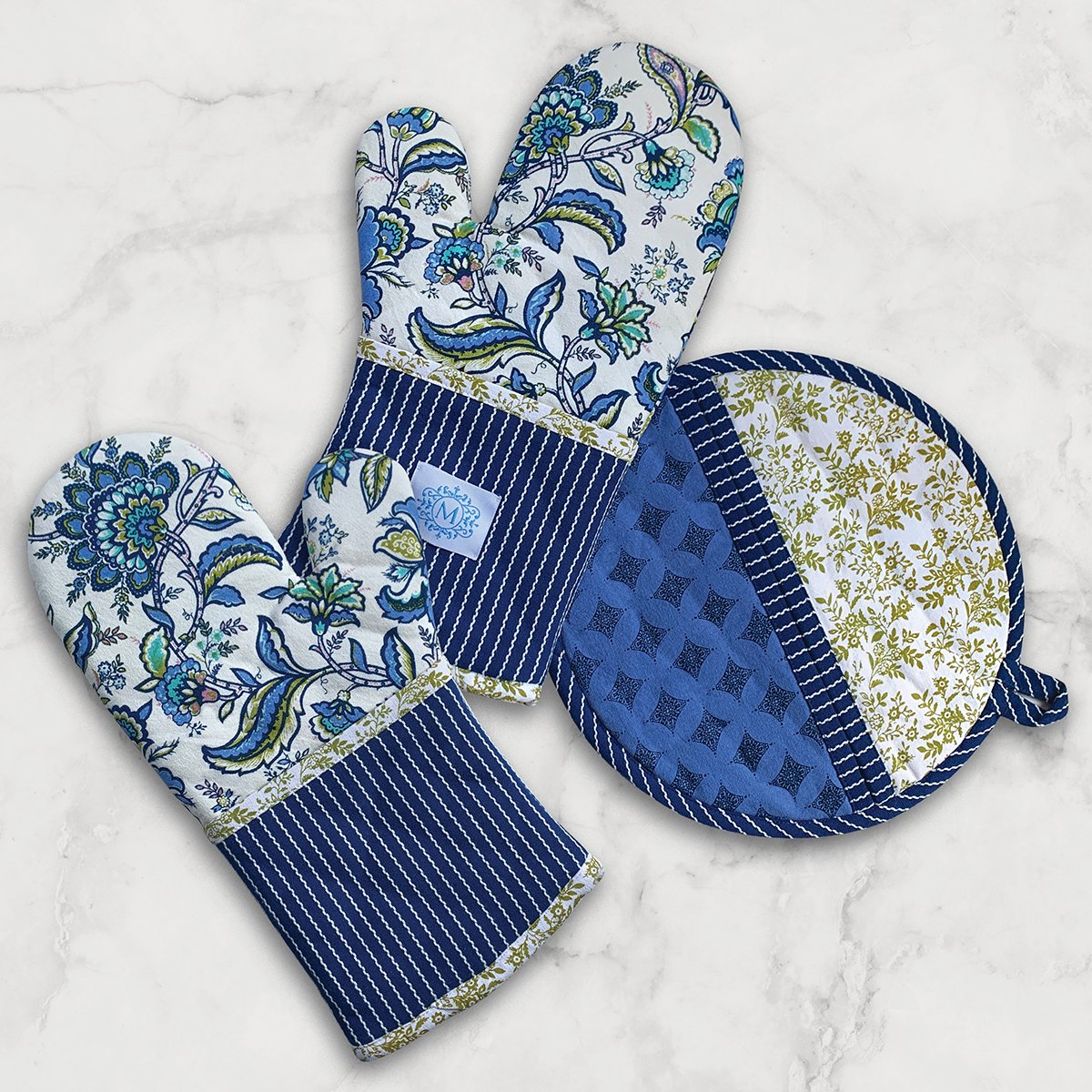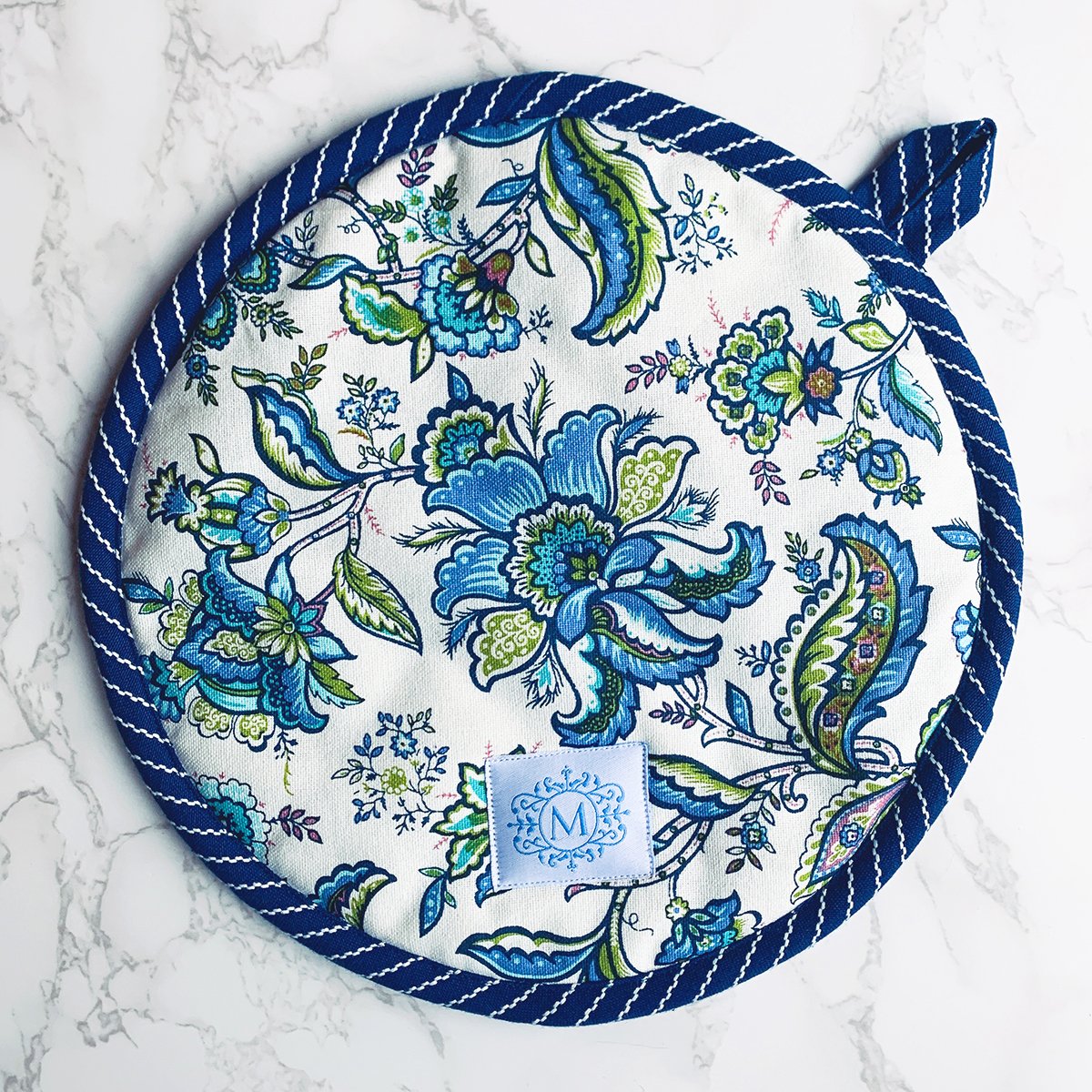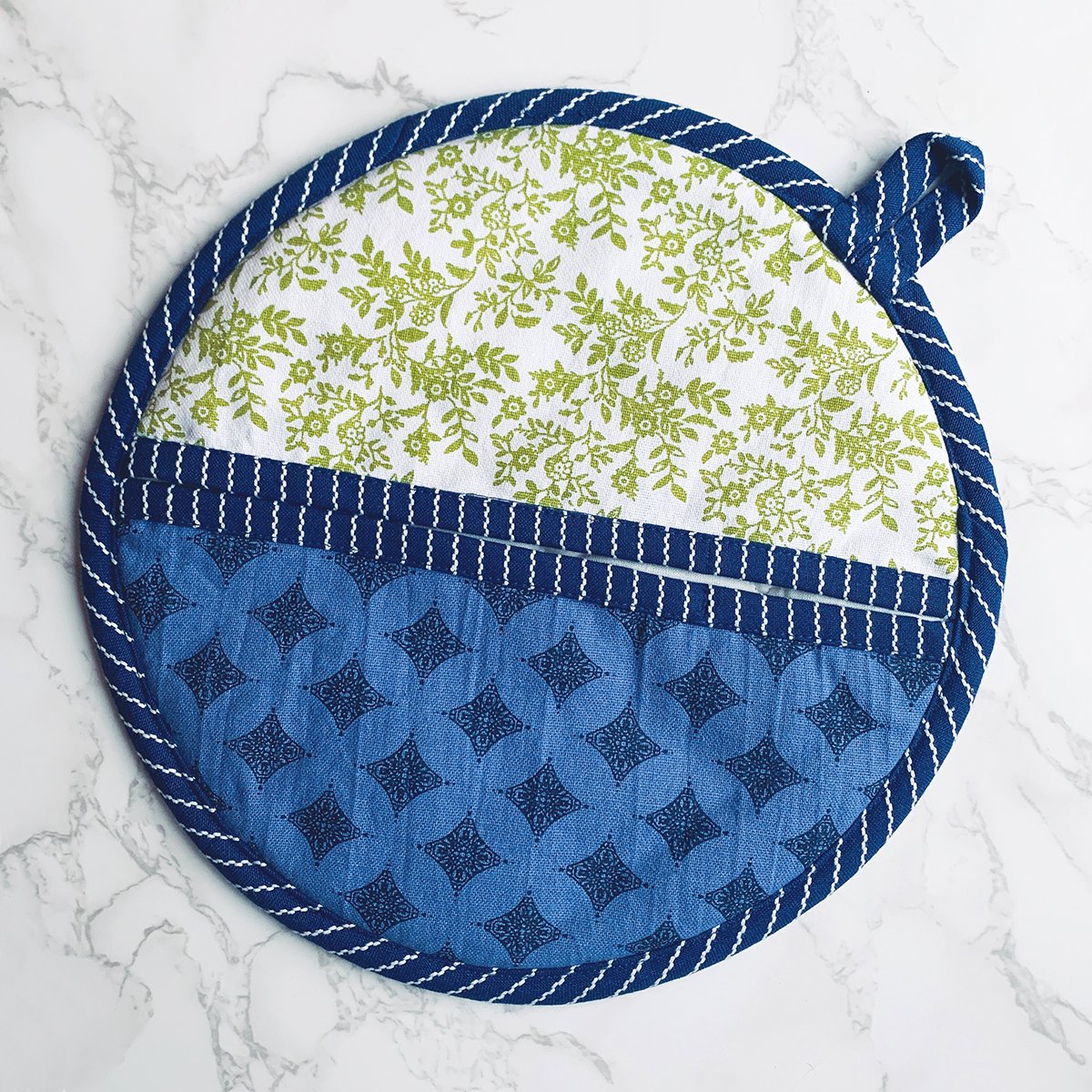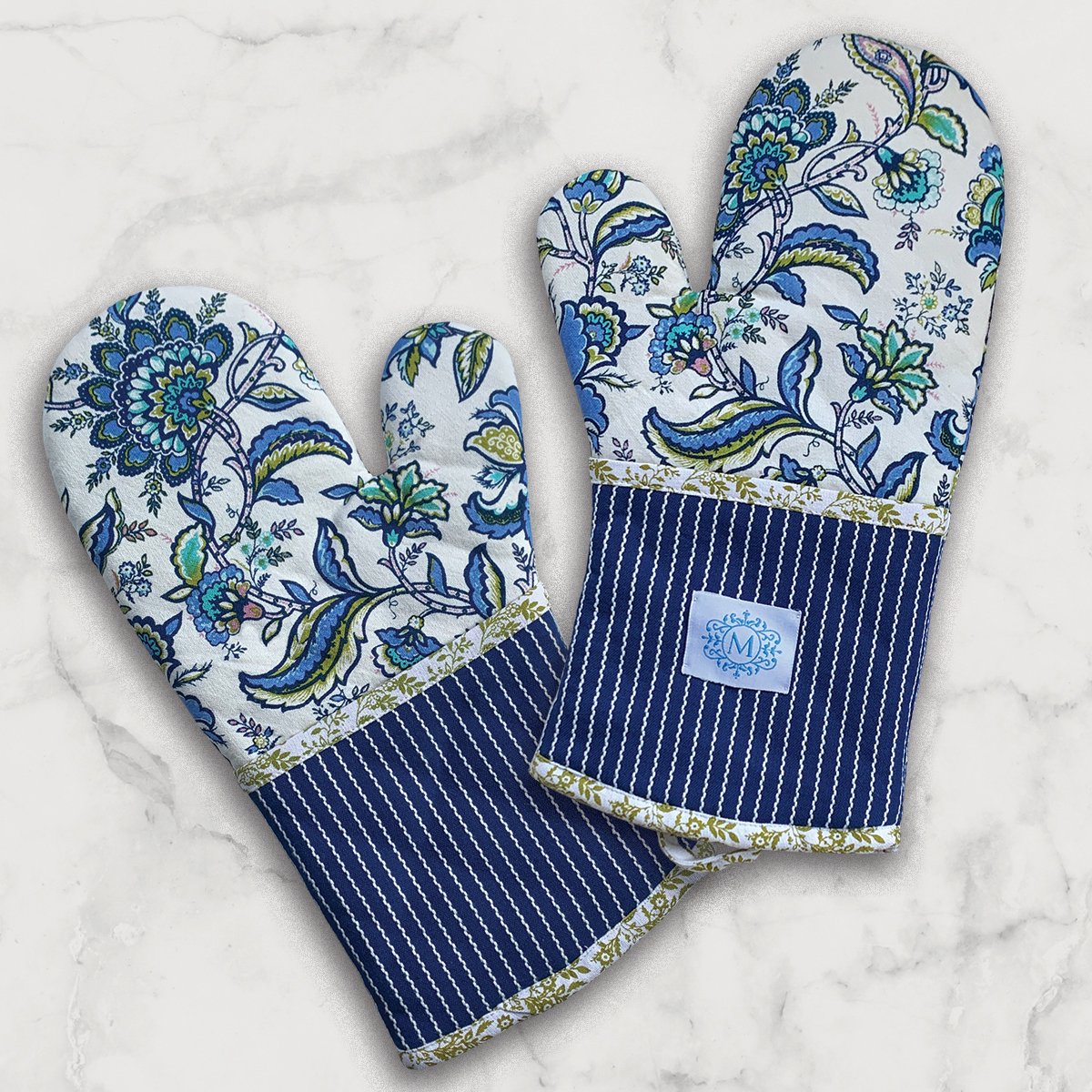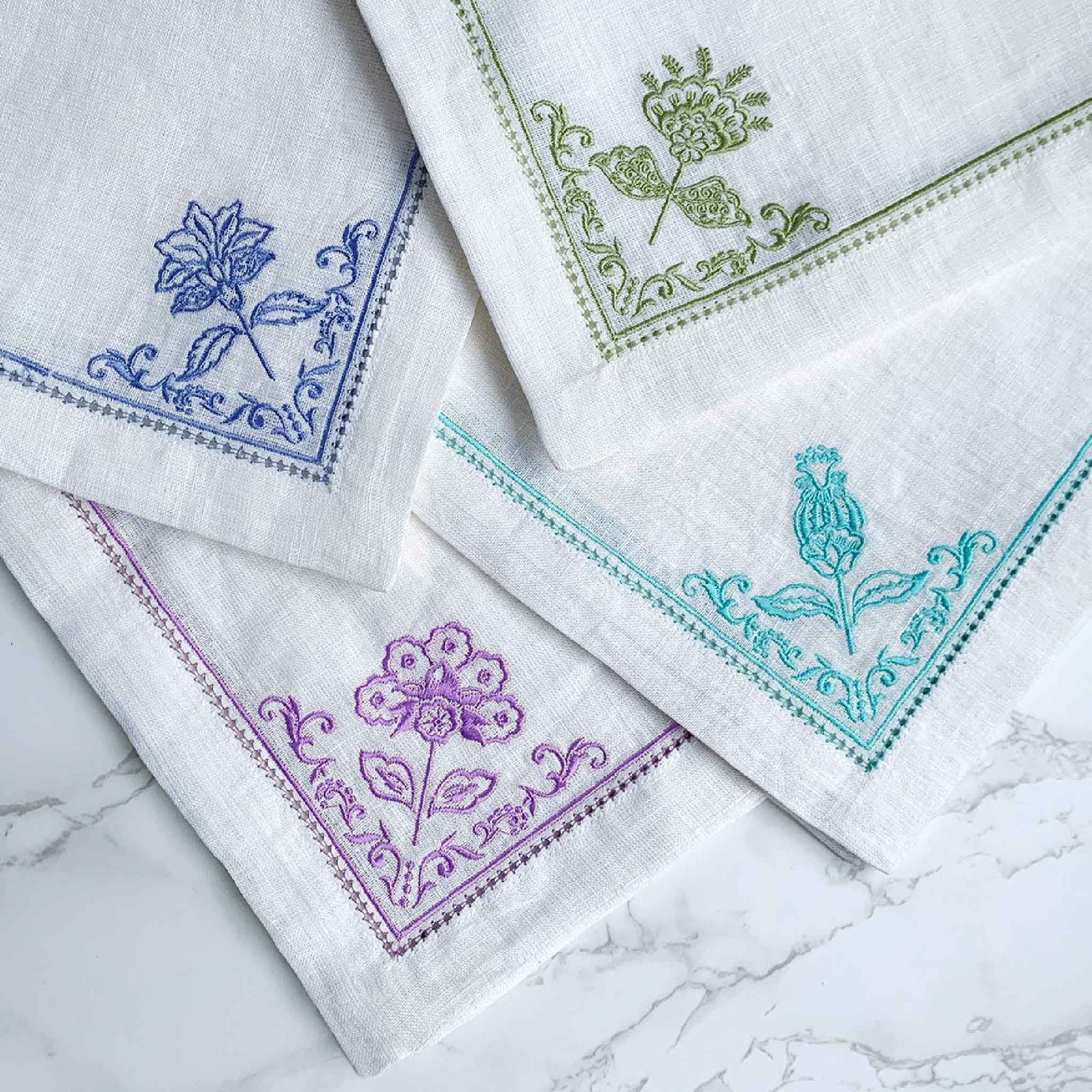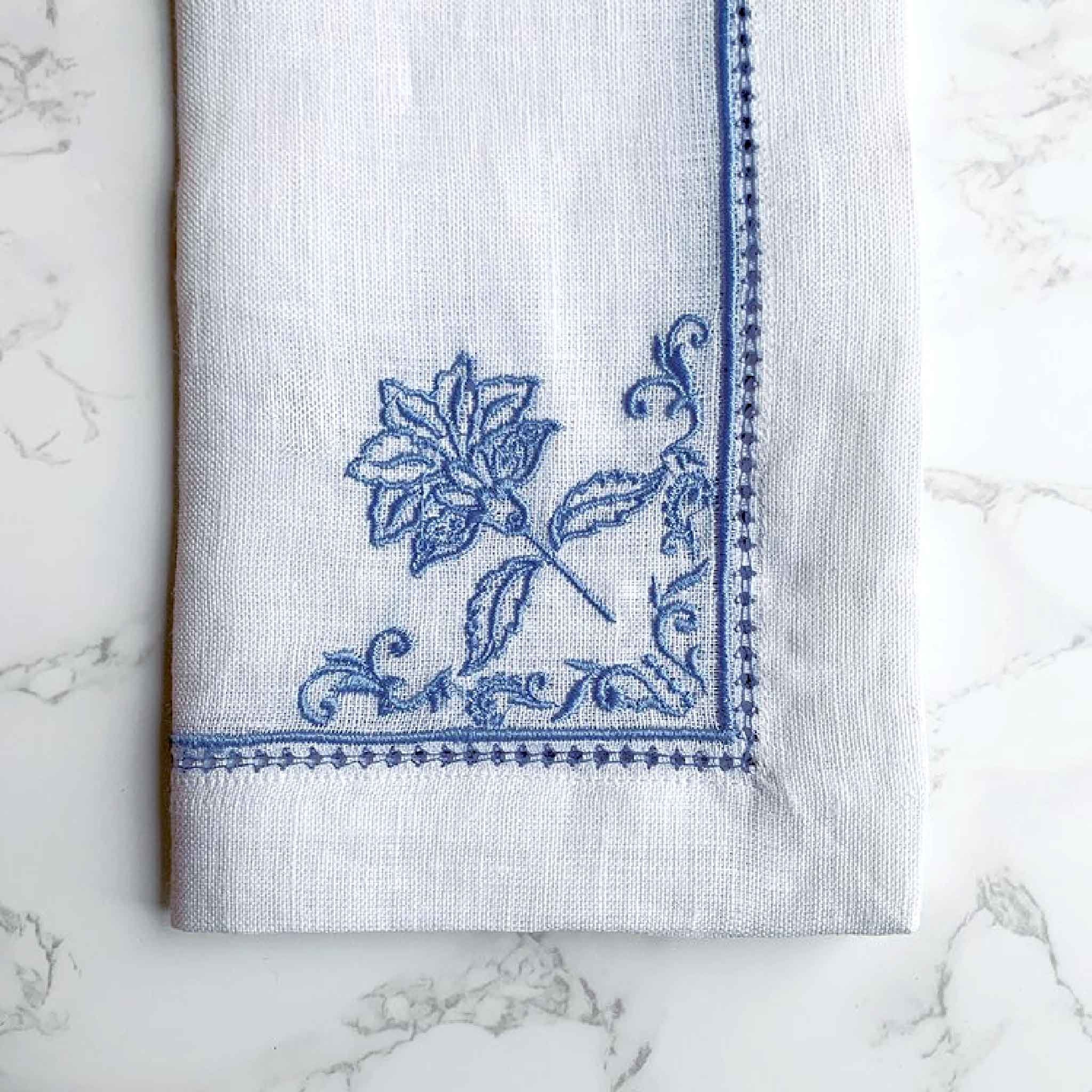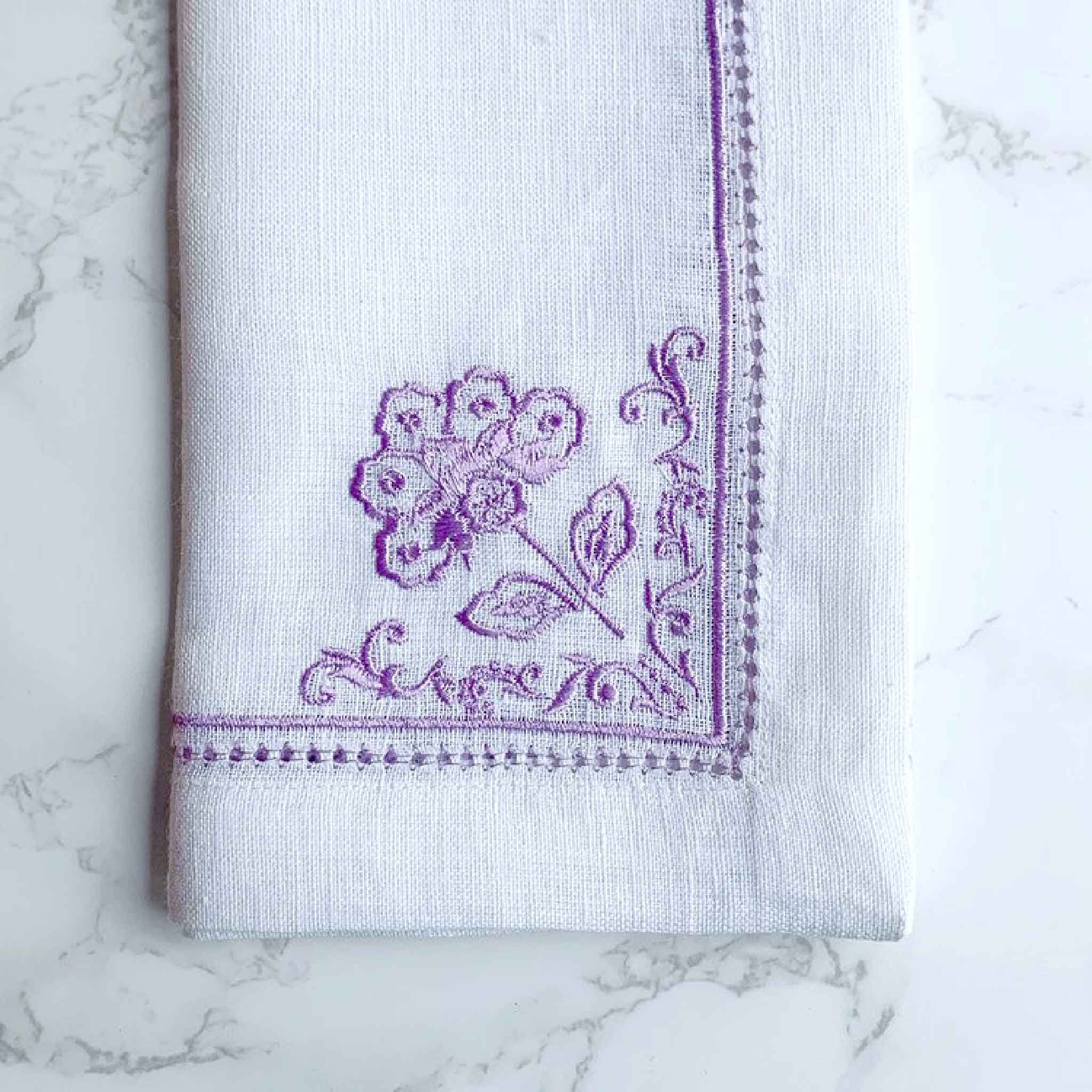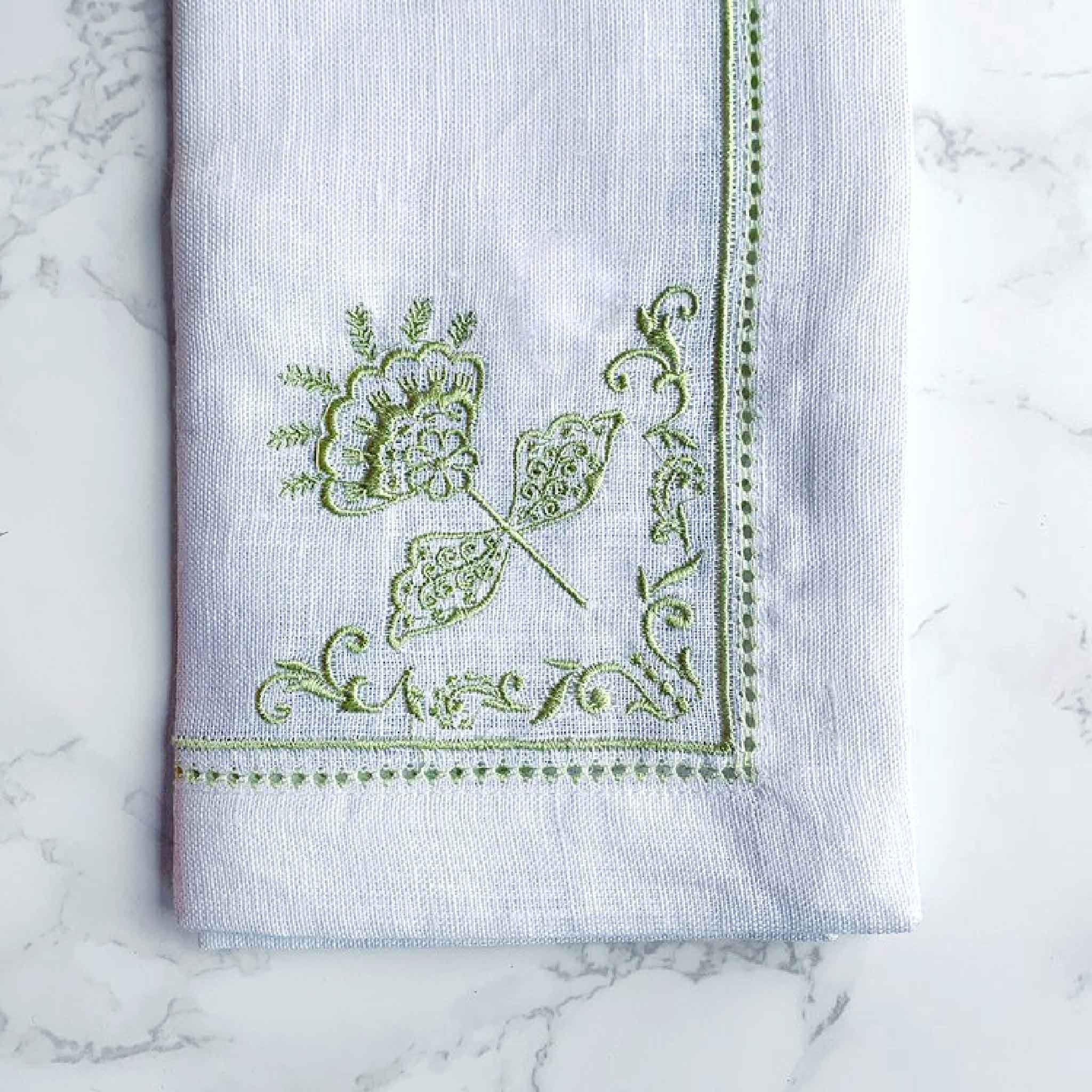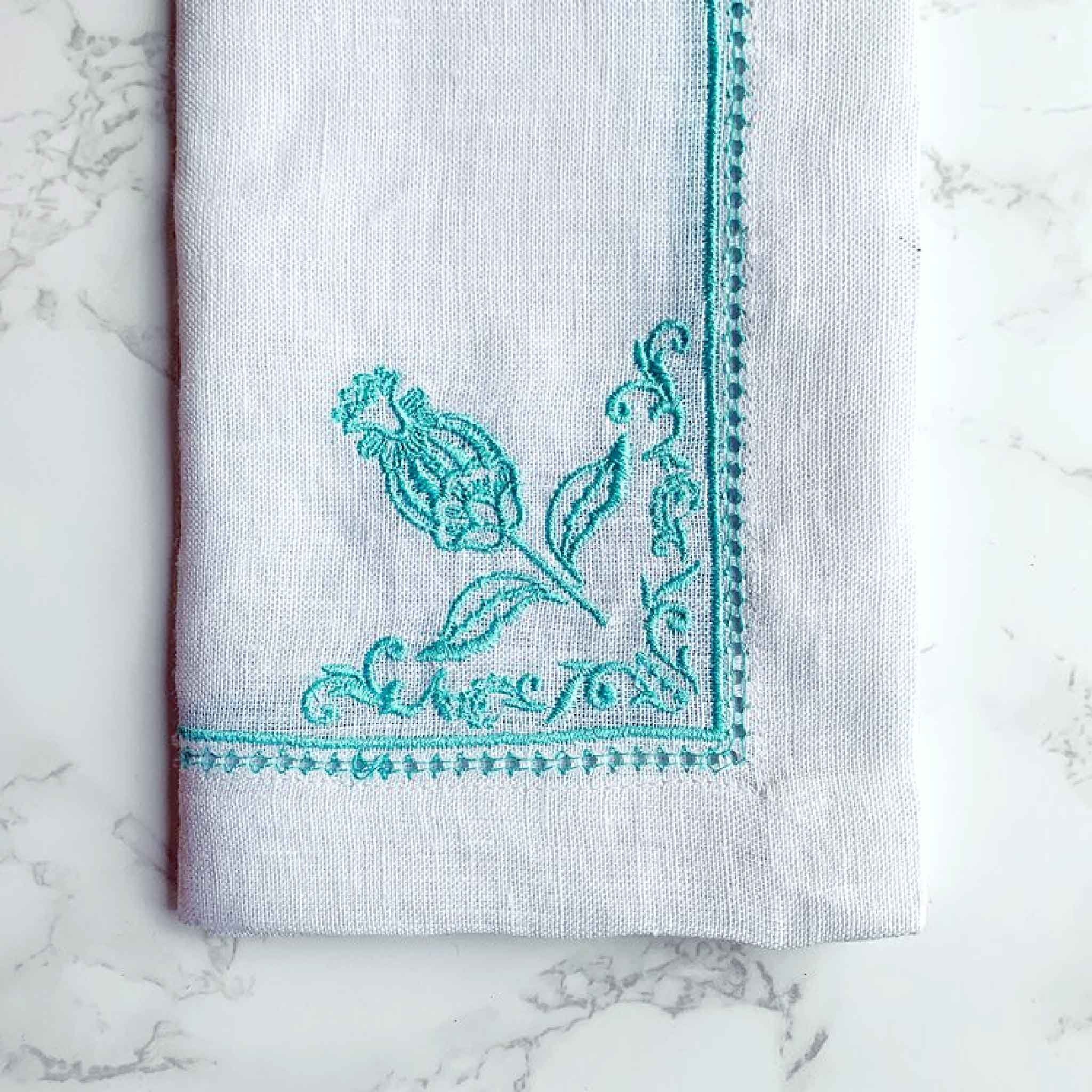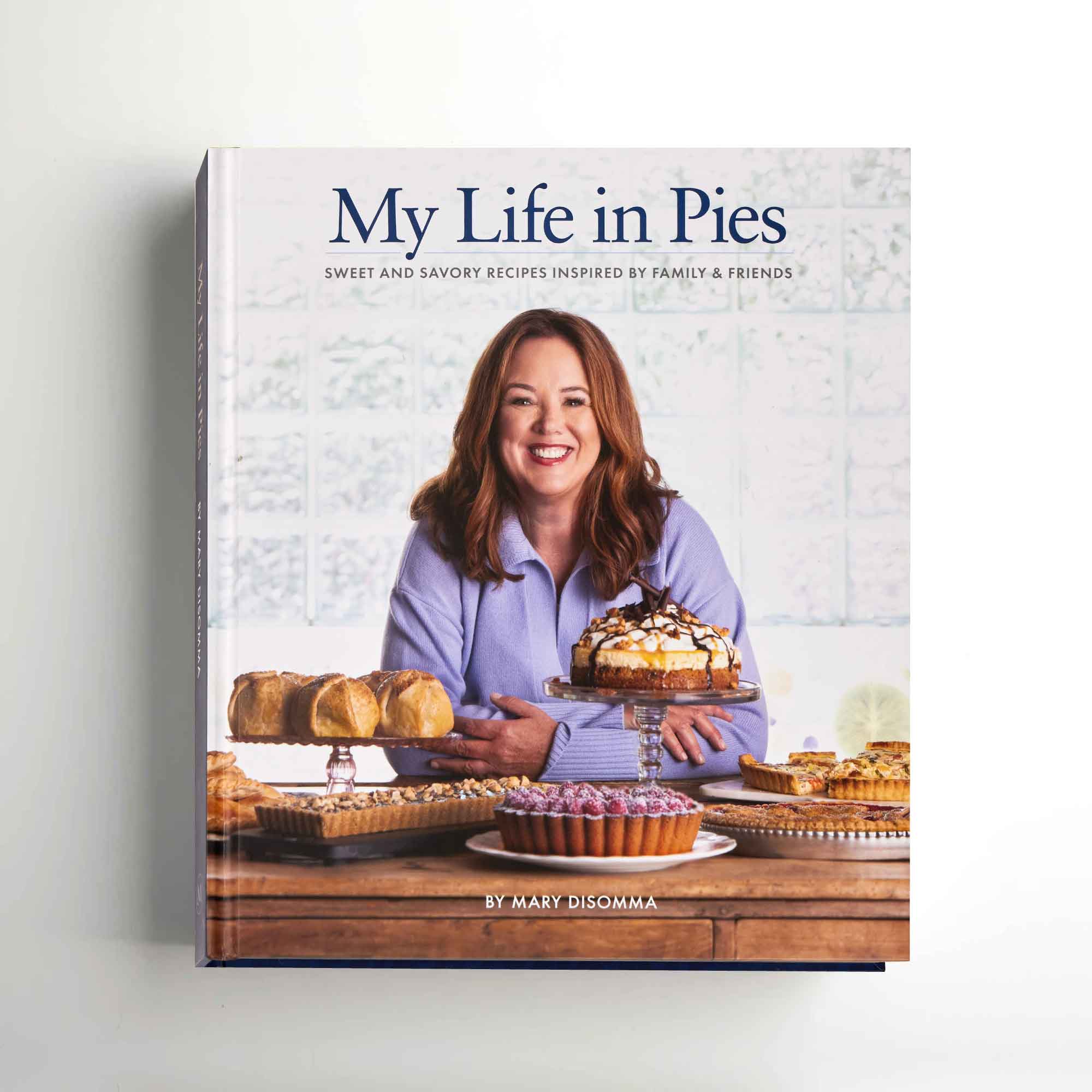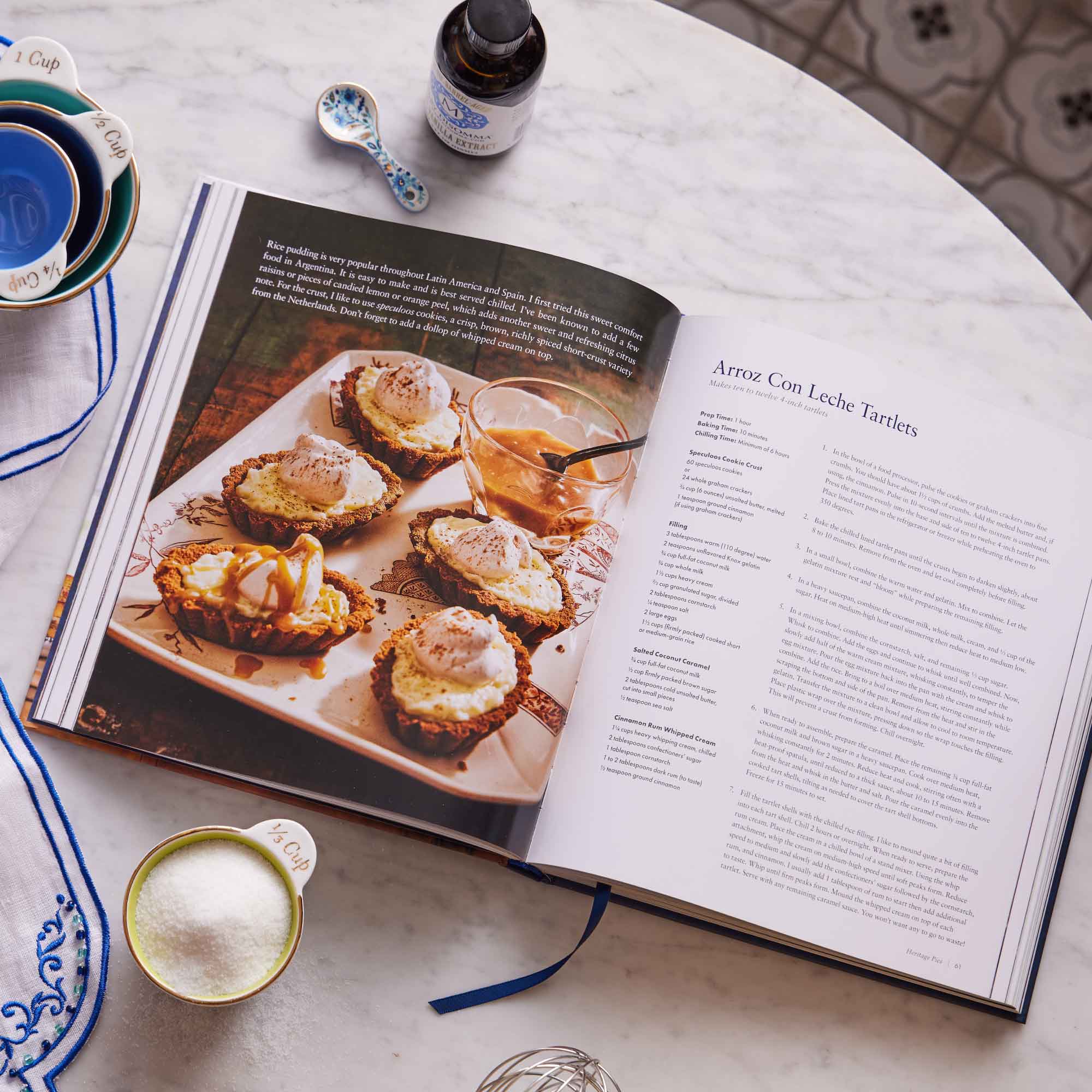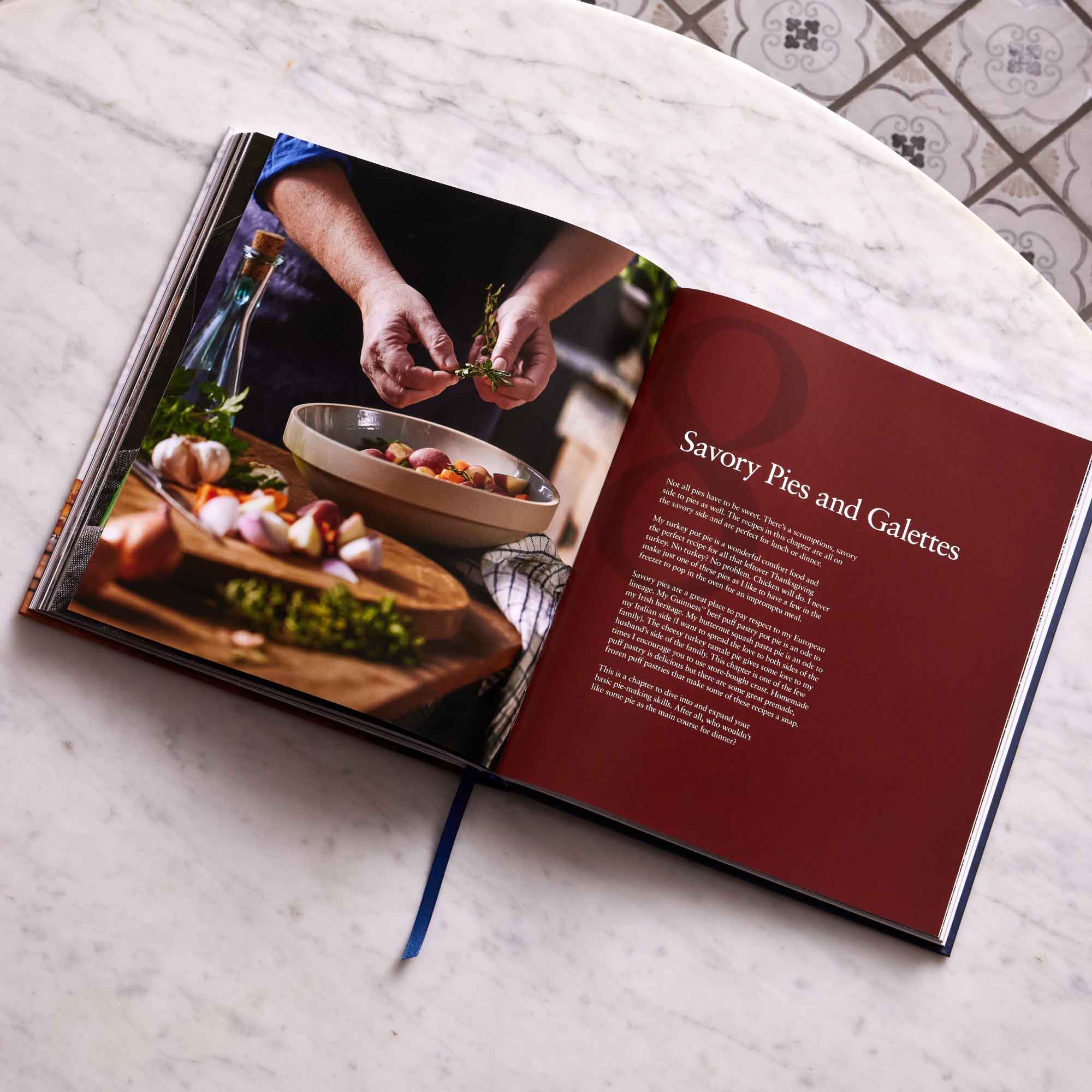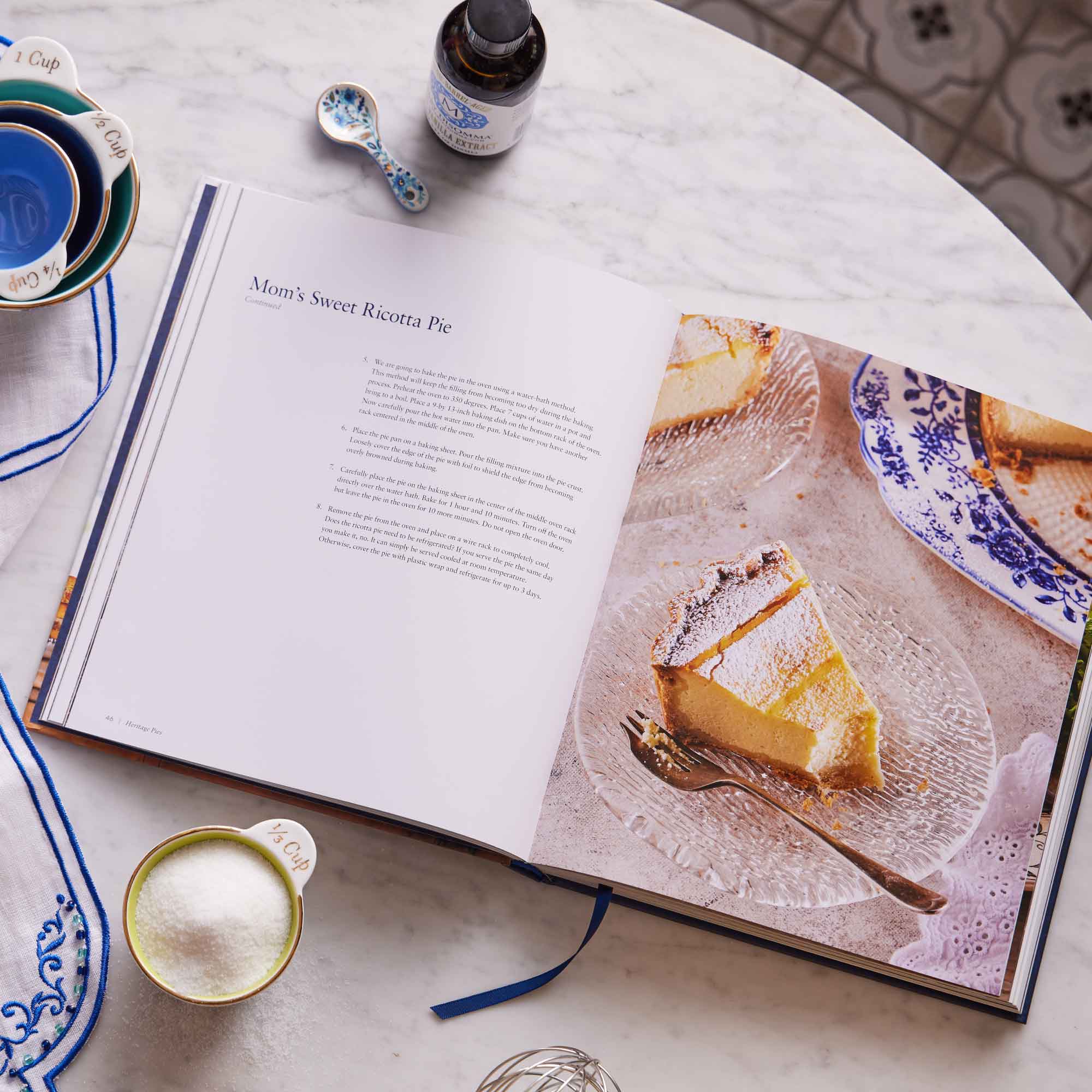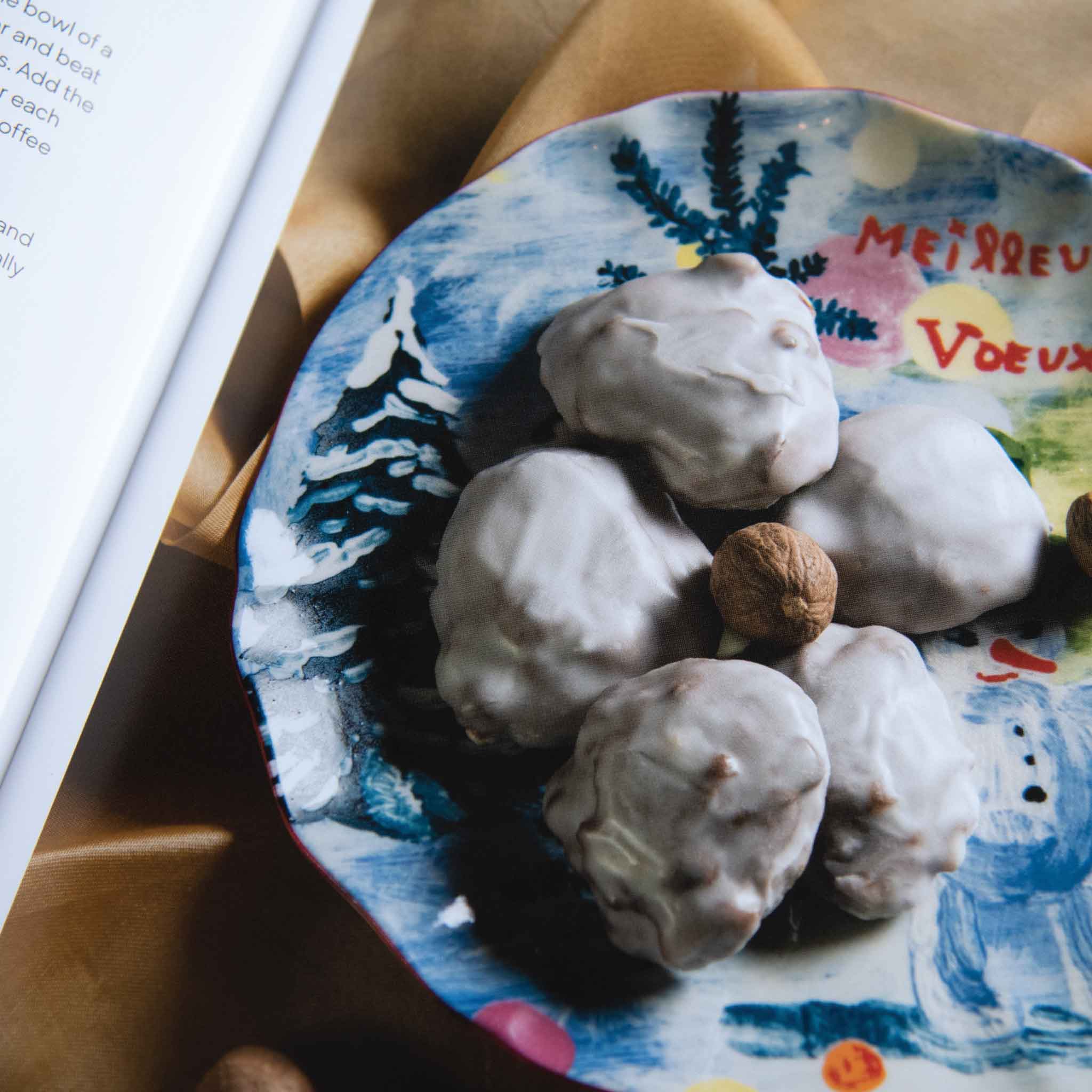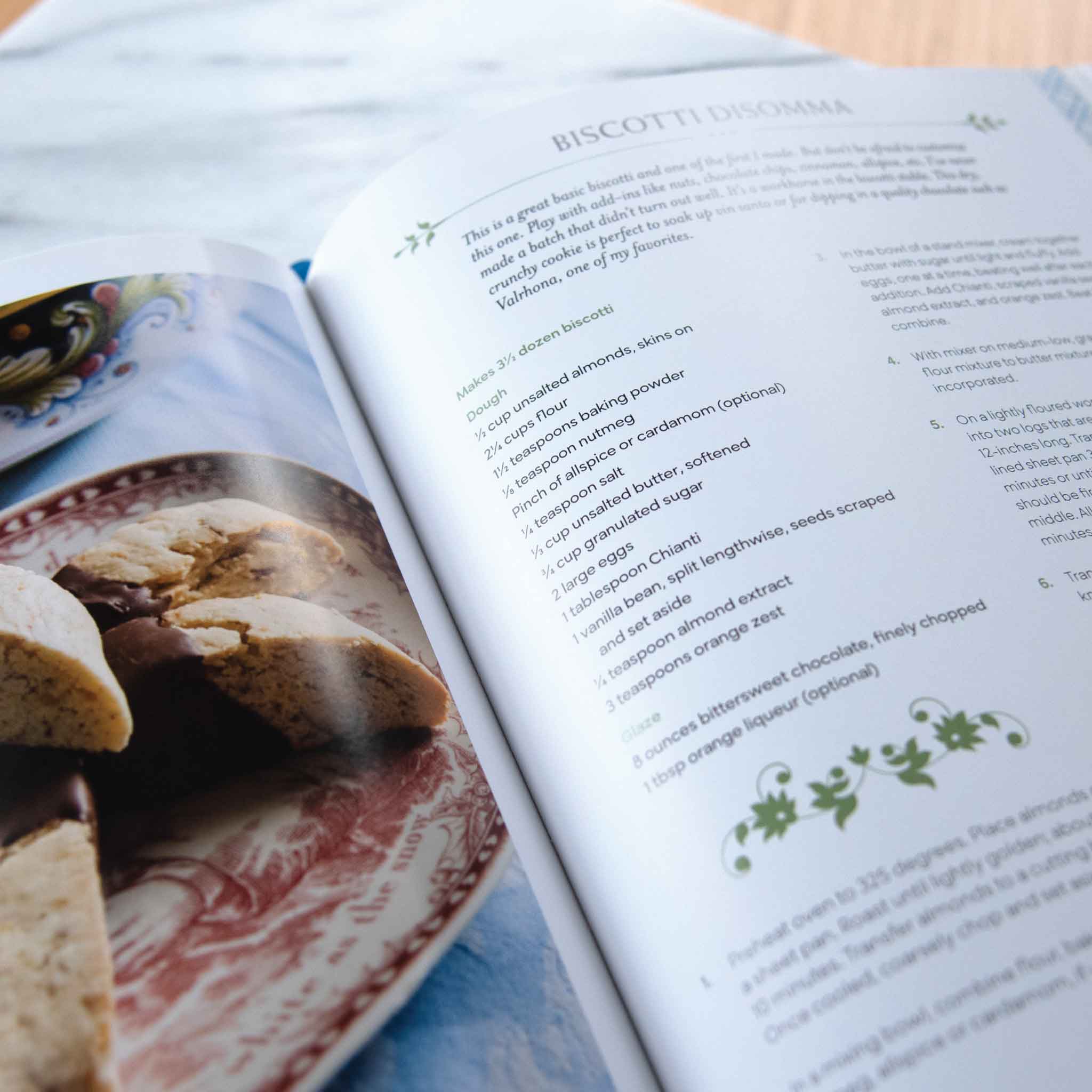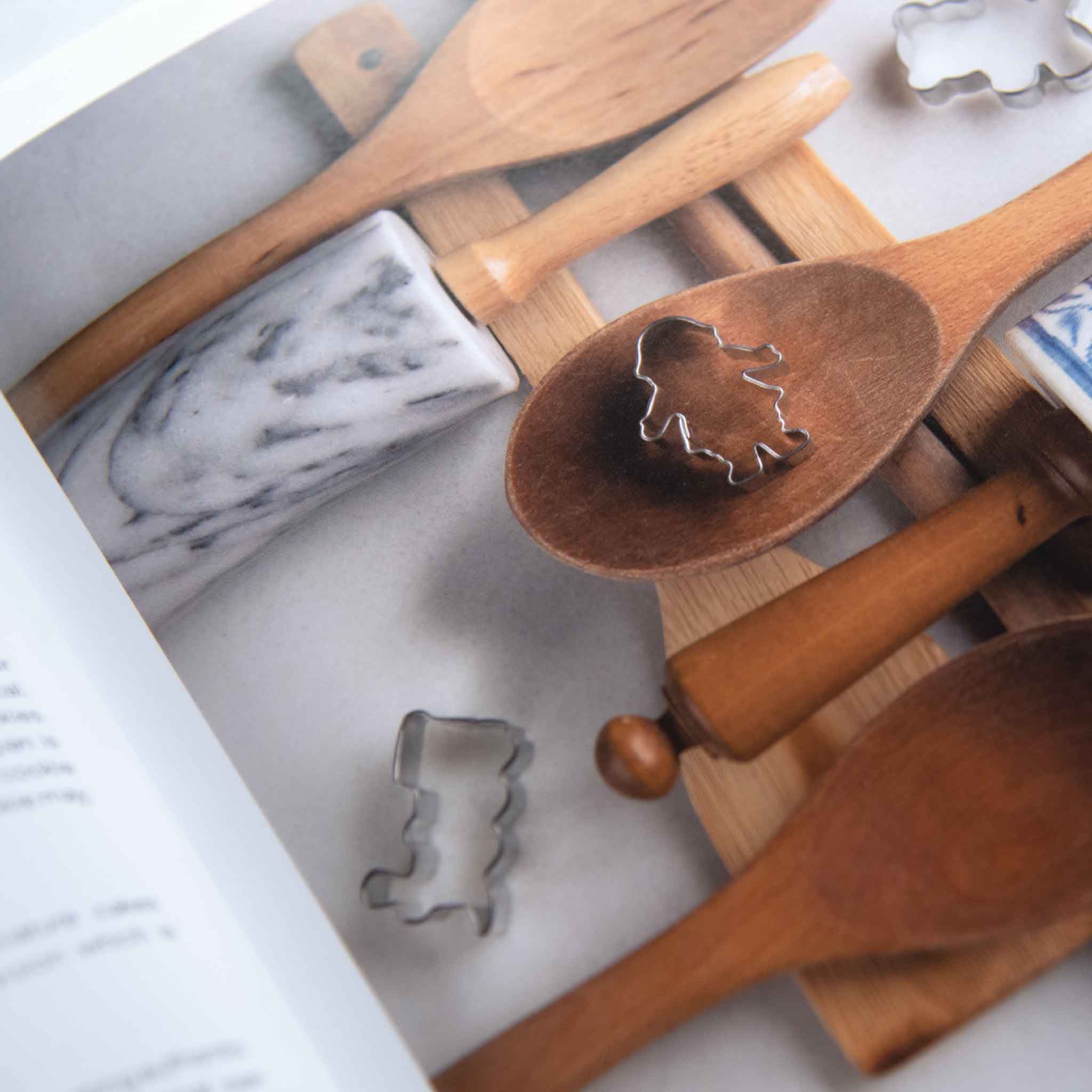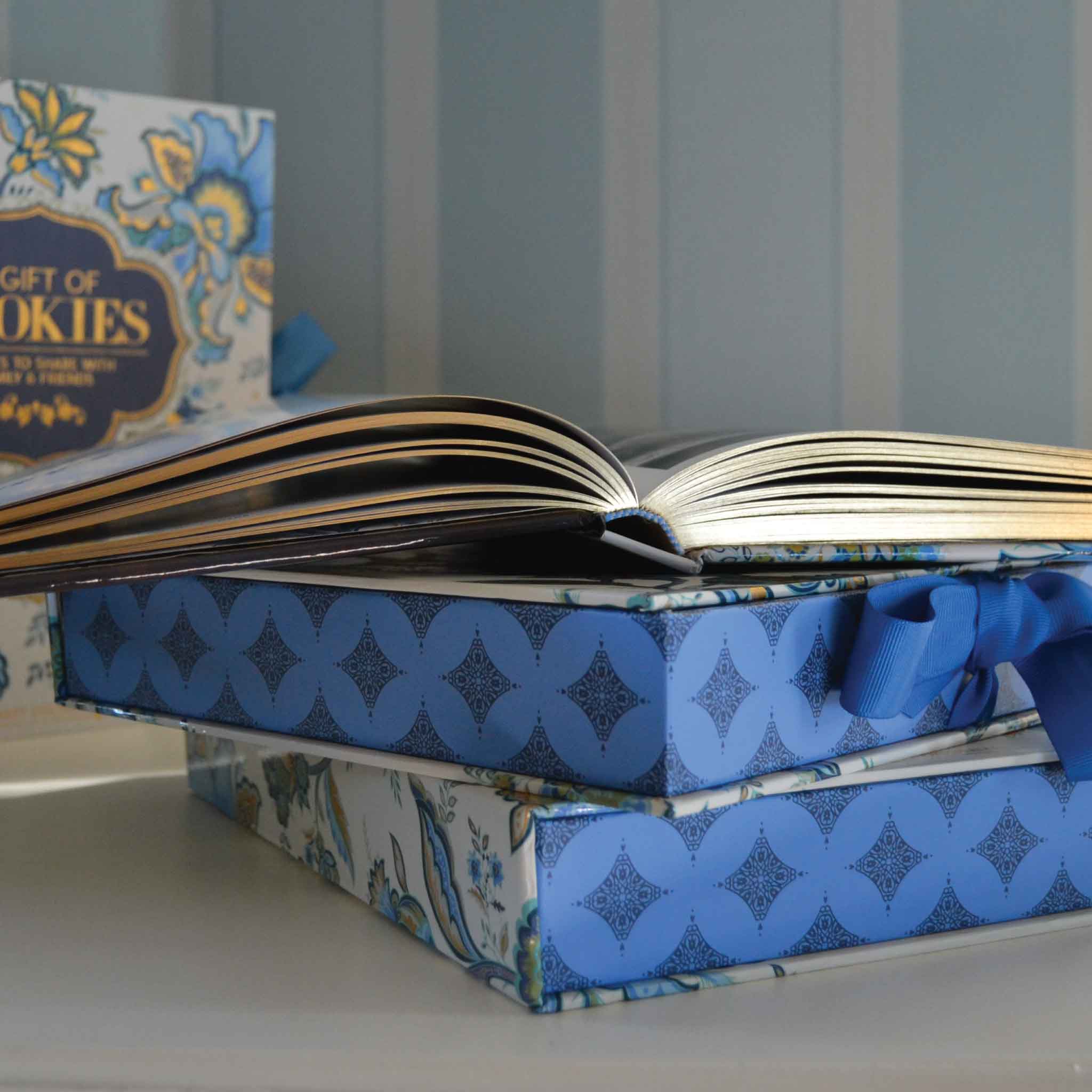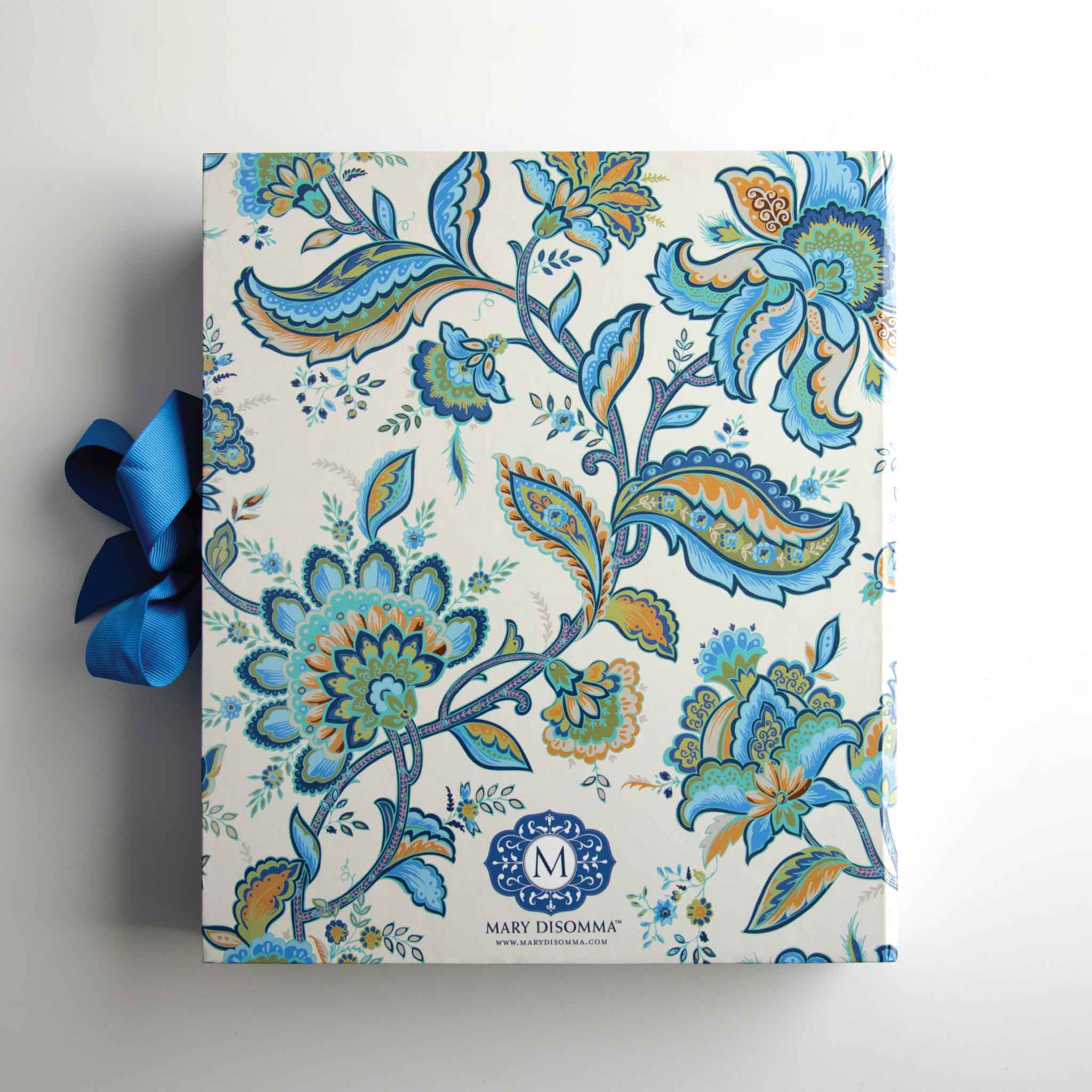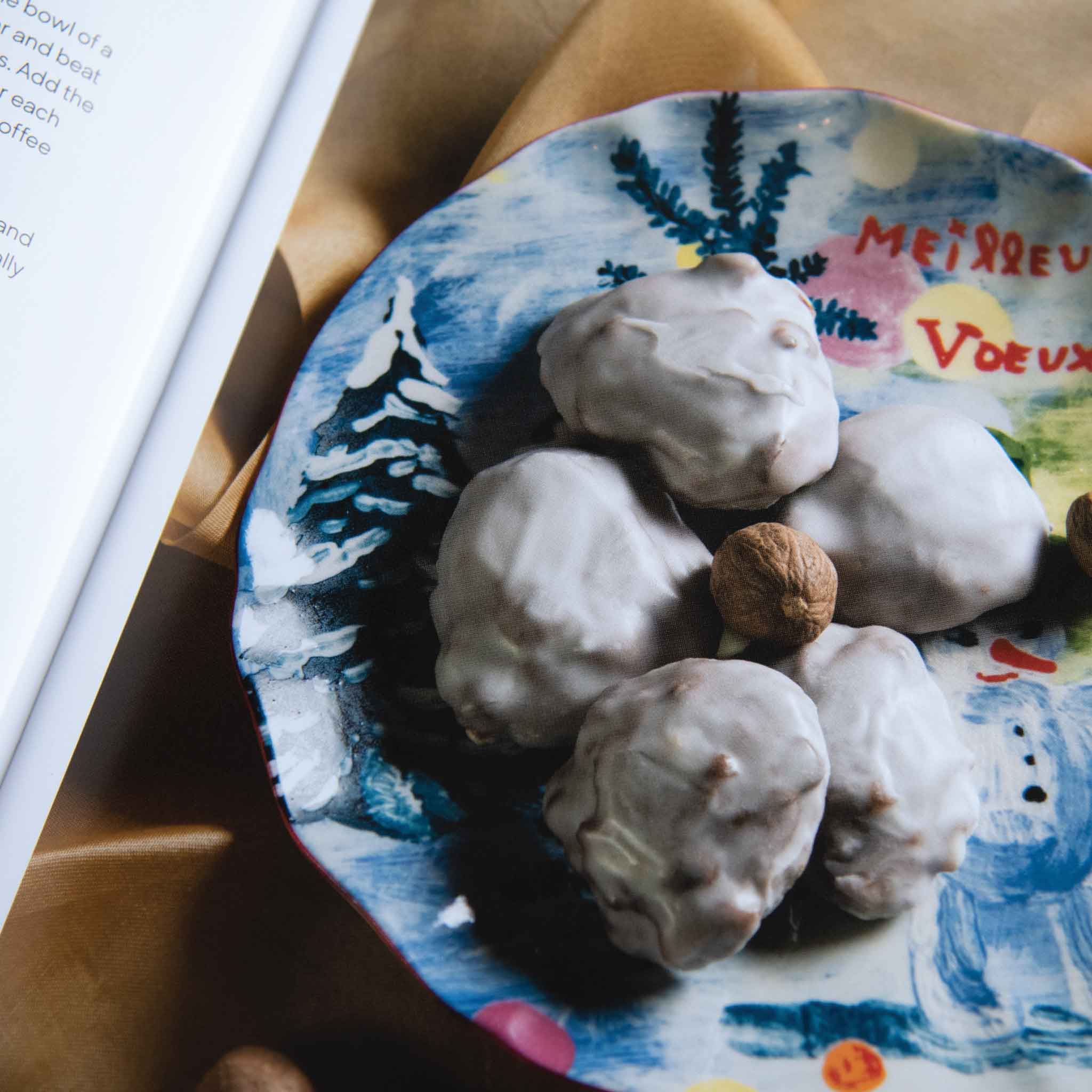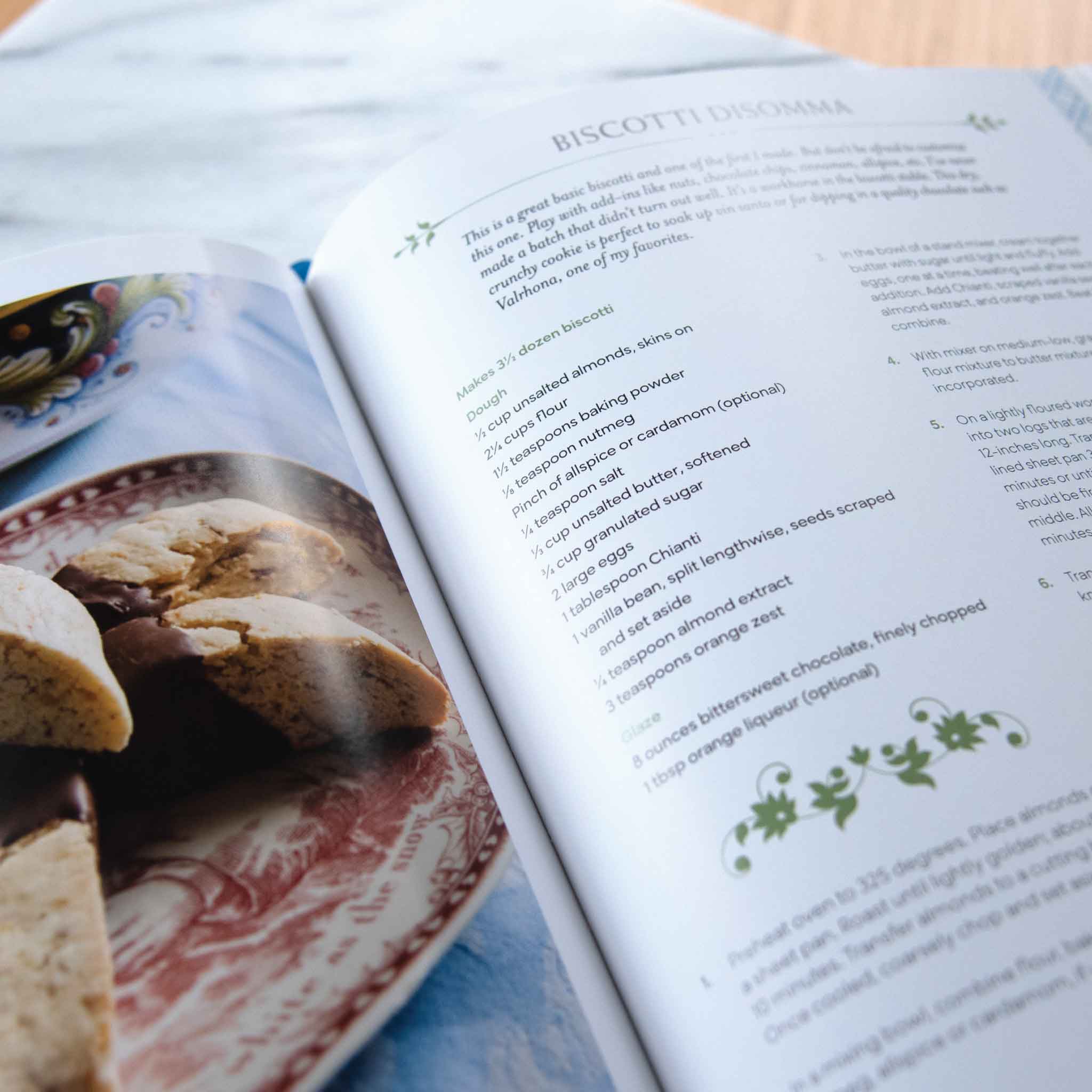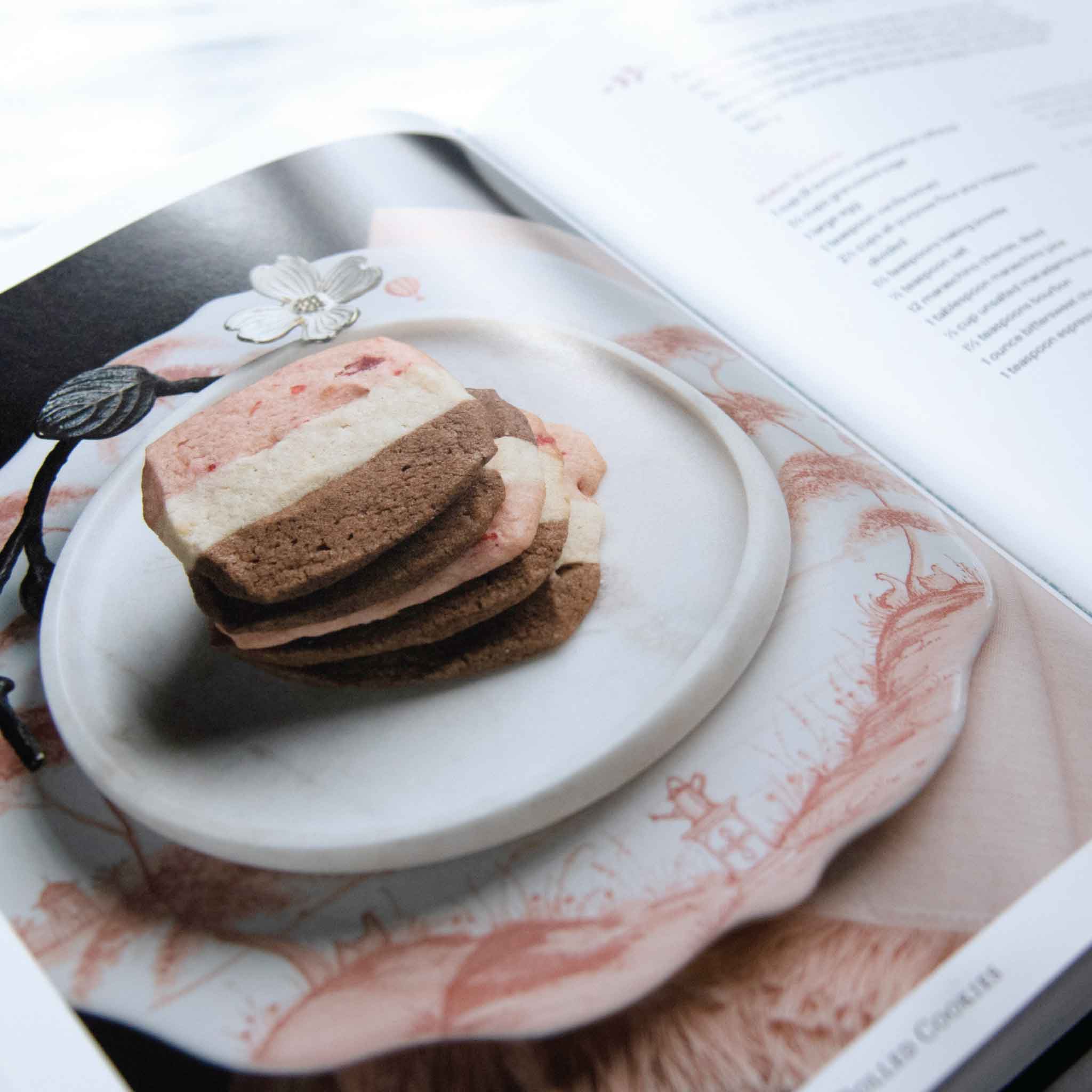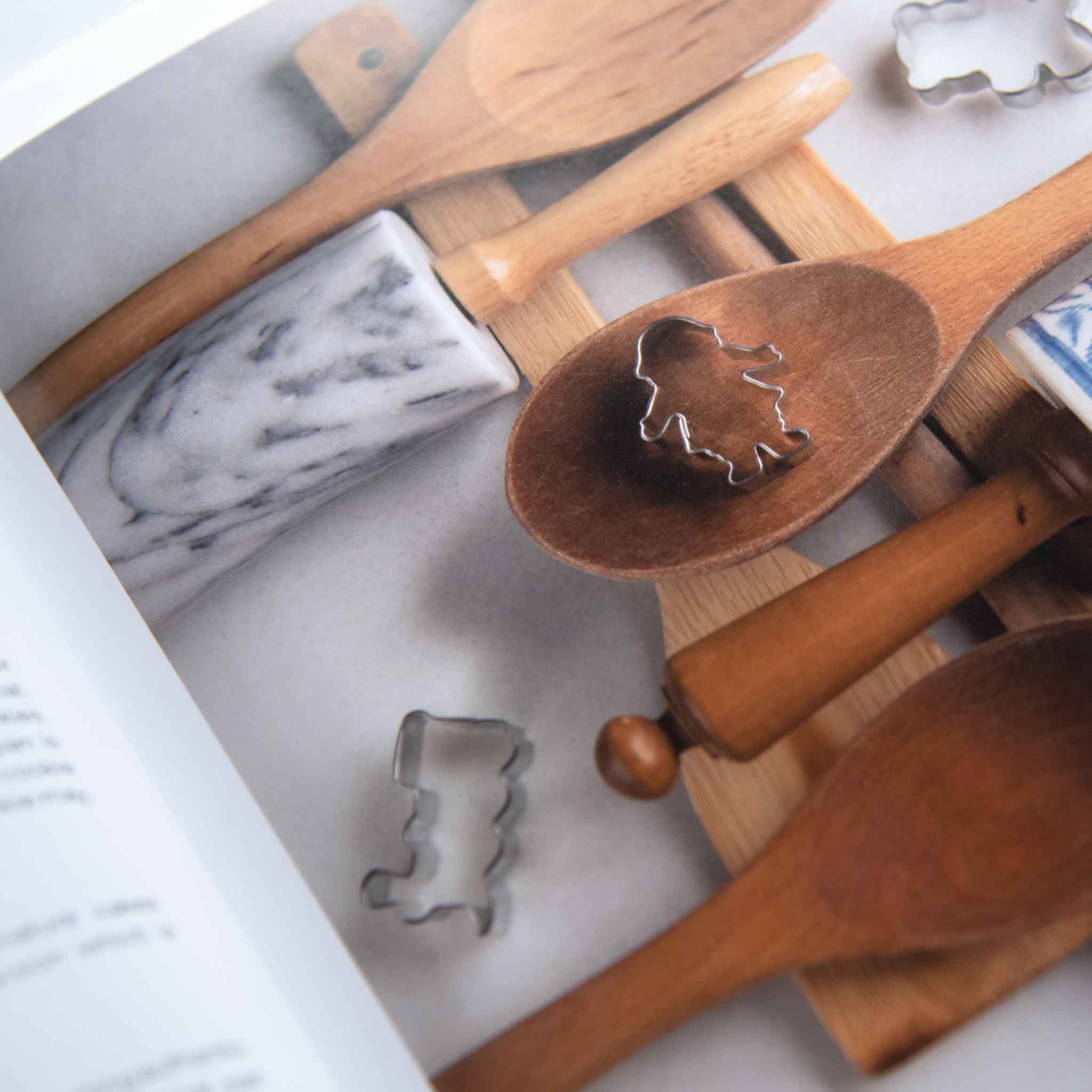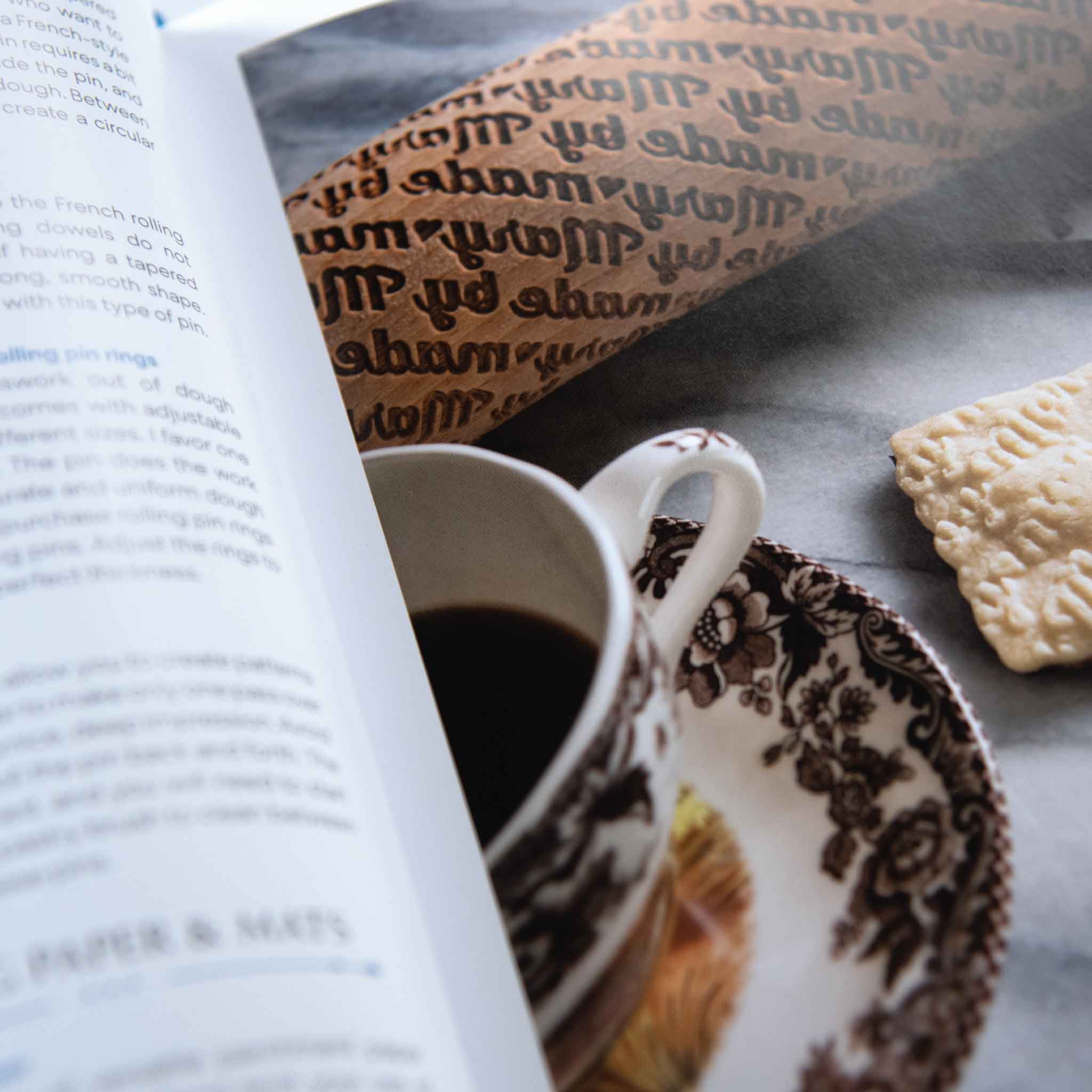Easter and baking are inseparable, not just in my house, but in the Italian tradition. When an Italian thinks about Easter Sunday, chances are that cuddura—traditional Easter egg cookies—also come to mind. These little “baskets” are so colorful and completely delightful. Each cookie nests an egg, ready to celebrate Easter. Trust me, they’re as much fun to make as they are to eat!

Yes, I’m talking about Easter eggs inside the cookie.
You might be wondering, what is an egg doing inside that cookie? Well, if you’re Italian or midwestern (and I’m both), you might be familiar with the season of Lent. In the Catholic church, the 40 days before Easter are set aside for fasting. People observing Lent can’t eat certain foods—and traditionally, one of those foods was eggs.
In the good old days of backyard chickens, by the time Lent was over, everybody in Italy had a stockpile of eggs. And somehow, those eggs needed to get used up. Incidentally, lots of the other foods we enjoy on Easter were also off the menu during lent: lamb, pork, milk, and butter, just to name a few. All that stuff needed to be eaten, too. Enter decorative egg-filled breads, traditional Easter foods like ham, and cuddura (also called pupa cu l’ova).
It’s one of those things that’s been passed down from generation to generation. Even though we never had chickens in our backyard, my mom would always prepare for Easter by coloring dozens and dozens of eggs. Some of them were hidden for the Easter egg hunt, some were turned into egg salad, and some were set aside for cookies.
Easter baskets in the form of cookies: what’s not to like?
When my mom made them, like my grandma before her, she would use the cookie dough to make a little cross on the top of each egg. The crosses secured each egg to the cookie underneath, representing the crucifix and the holiness of the Easter holiday. The end result just happens to look like an adorable little Easter basket.

You, too, can have cookies for breakfast.
Easter was the only time growing up that we were allowed to eat cookies for breakfast… although, now that I'm a grown-up, I can do whatever I want! Believe it or not, the anise and lemon combo in this Easter cookie recipe is absolutely drool-worthy, and it goes surprisingly well with the hard boiled egg. Every time I make this recipe, I remember my mom and all the women who came before her, and I look forward to making it with my own grandkids one day.
My Mother’s Easter Cookies are my favorite, but you can vary them if you’d like.
My recipe is actually my mom’s—and her method is my favorite one. Some recipes don’t call for the eggs to be colored or baked, but this one does. The eggs can crack open in the oven if they go in cold—to prevent them from cracking, keep the eggs you’ll be using in a covered bowl of hot tap water until you’re ready to use them.

Grandma Vivardo’s Easter Cookie Recipe
Ingredients
- 8 cups all-purpose flour, plus more for dusting
- 5 tablespoons plus 1 teaspoon baking powder
- 12 large eggs
- 2½ cups granulated sugar
- 2 cups vegetable oil
- 1 teaspoon Mary DiSomma’s Madagascar cognac vanilla extract
- 1 teaspoon anise extract or a few drops of anise oil (see note)
- Zest of 2 lemons
- Colored hard-boiled eggs (optional)
- 2 cups confectioners’ sugar, sifted
- 2 to 3 tablespoons milk or water
- 1 tablespoon fresh lemon juice
- 1 teaspoon Mary DiSomma’s Madagascar cognac vanilla extract (optional)
- Nonpareils
Instructions
- In a mixing bowl, combine the 8 cups flour and the baking powder. Set aside.
- In a separate, large mixing bowl, whisk the eggs for 2 to 3 minutes. Add the sugar, whisking until combined. Add vegetable oil, vanilla, anise extract, and lemon zest. Stir. Slowly add the flour mixture, mixing until well combined. The dough will be soft. Refrigerate for 1 hour.
- When the dough has been chilled, preheat the oven to 300 degrees. Line two baking sheet pans with parchment paper
- Using a medium cookie scoop, scoop the dough and place it on a lightly floured surface. On a flour-dusted work area, roll the dough into ½-inch by 5-inch logs. If the dough is too sticky, you can dust it with flour while rolling it into logs.
- Wrap the dough logs into concentric circles (like a spiral), tucking the ends up or down. If you’re using hard-boiled eggs, nestle one in the center of each dough circle and criss-cross it with two ropes of dough. Place the cookies onto parchment-lined baking sheet pans. Bake for 16 minutes or until the bottoms of your cookies are lightly browned. Transfer the baked cookies to a cooling rack and let them cool completely before icing.
- Meanwhile, prepare the icing: In a bowl, combine the confectioners’ sugar, lemon juice, and 2 tablespoons of milk or water. Mix until the icing is smooth. If it’s too thin, add a little more powdered sugar. If it’s too thick, add a few more drops of liquid (a little goes a long way).
- If you made your cookies without eggs, dip the tops of the cookies into the icing, then sprinkle with nonpareils. Once they’re dry, store them between layers of parchment paper in an airtight container.
- Anise oil is stronger than anise extract. This is very much to taste so don’t be afraid to put in small amounts and taste if more is needed. I usually use ¼ teaspoon of anise oil.

